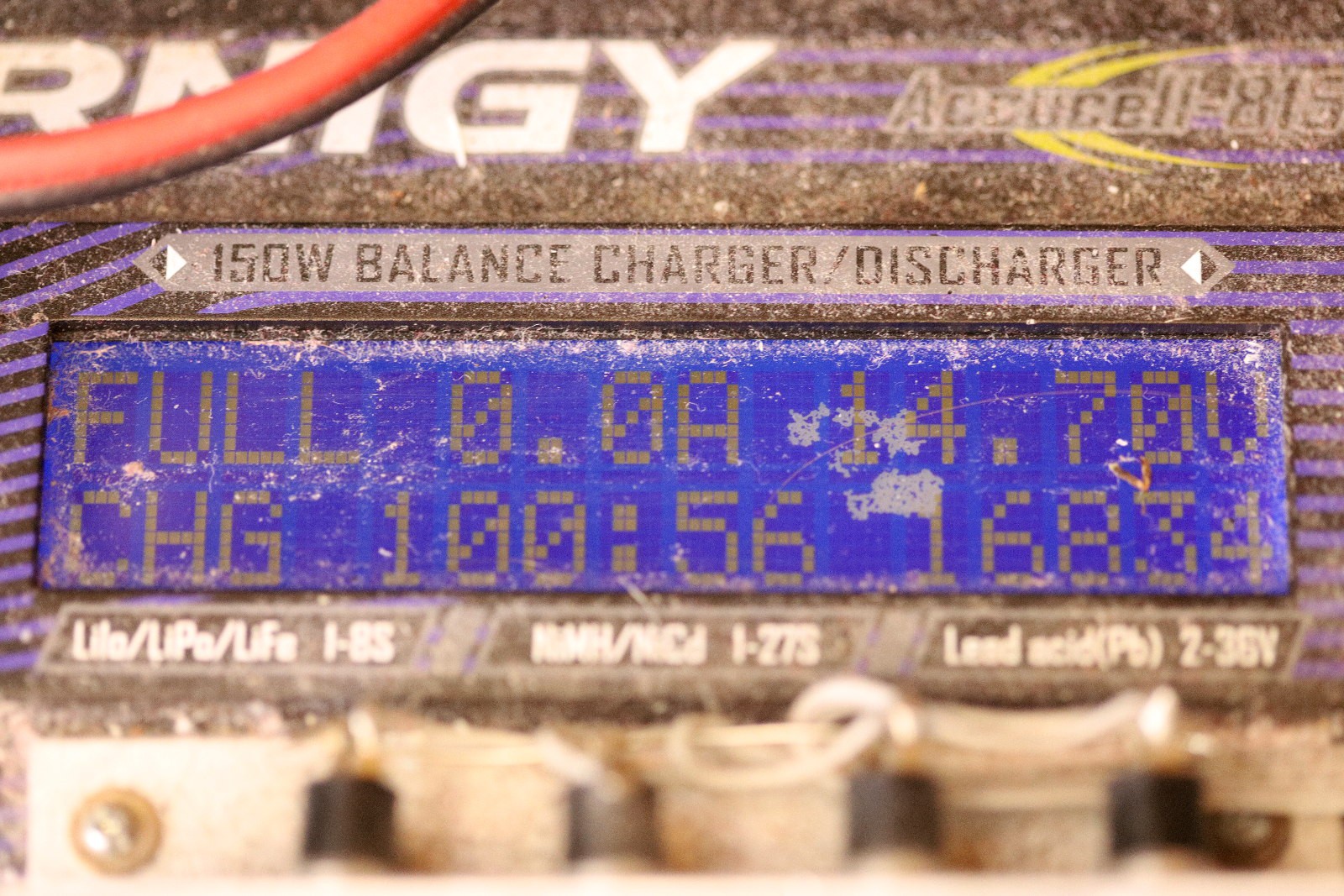
The car battery loses 16Ah every 2 months it isn't driven. Letting it drop & recharging it every 2 months isn't a solution. Borrowing $4 million for a house with a real garage isn't affordable, so something had to be done to top it off without manes voltage.
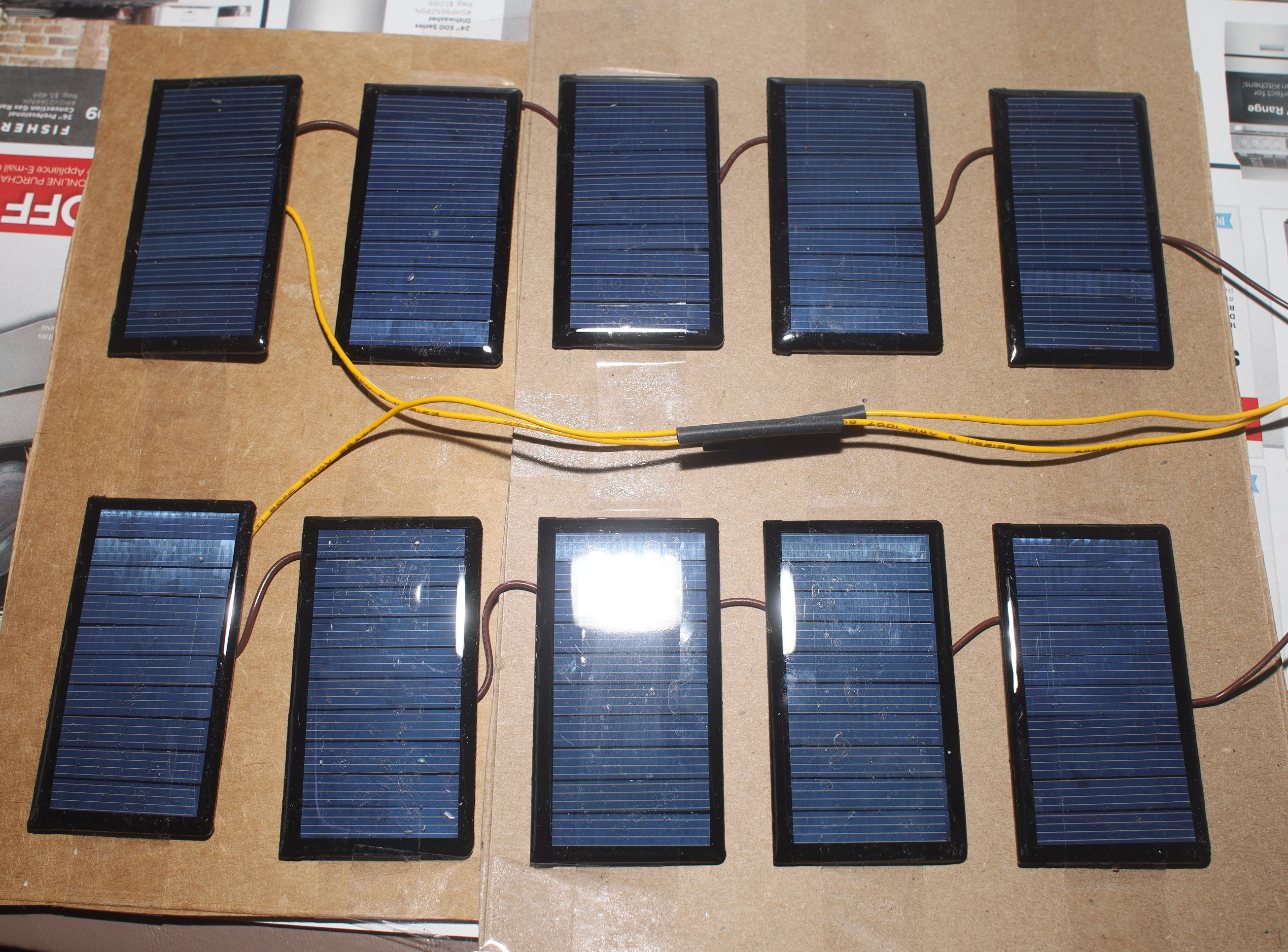
A $16 pile of solar cells
https://www.amazon.com/gp/product/B089793L93
didn't work so well. They were each rated for 60mA at 5V. Wiring them as 5S2P, they gave 15V 75mA in direct sunlight. They gave 3.5V 3.5mA in the shade.
The car burns 270mAh every day, requiring 3.6 hours in direct sunlight to recharge. Being parked in direct sunlight would destroy the paint. Open circuit voltage goes to 30V, so the solar would need protection diodes to avoid blowing up the car if the battery was disconnected.
The lion kingdom was left with a pile of solar cells after a failed attempt to make a car battery sustainer. Enough solar cells to do the job would end up costing more than a new battery. Any electrified car port costs millions in today's money. It's hard to believe there was ever a time when houses were only 5x an average annual income, but lions still remember. It's been 20 years since the multiple became 10x & it's never gone down. The average electrified garage is now 15x the average salary. Lions believe the multiple will keep rising as long as the global workforce continues expanding faster than demand for labor.
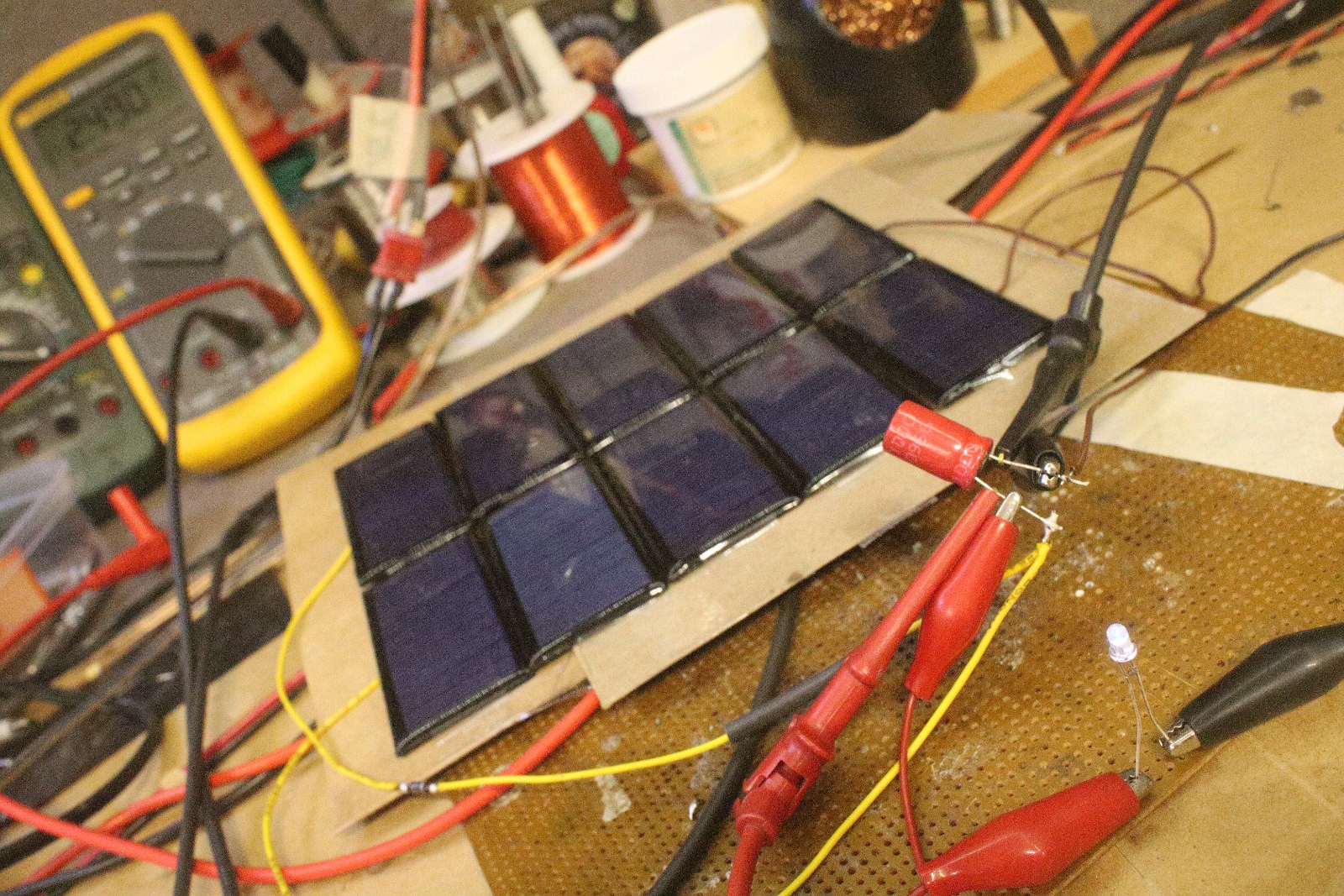
Solar power is a pit of despair for lions without money. It's amazing they can light up a small LED in ambient light. It is believed they would be better than nothing at sustaining the car battery, despite only making it a hair less flat.

Up close, the cells are a messy bodge of smaller silicon shards.
After contemplating different fates for the solar cells, the decision was made to finish a minimal battery sustainer by tapping into the ODB2 port. Don't forget to whack in shottky diodes to prevent the 2 solar cell strings from feeding each other or draining the battery.
This included a teardown of the Metromile. The Metromile has never been torn down before. There was no tamper protection, so after a few warnings about the unit being disconnected, it resumed functioning after being reassembled.
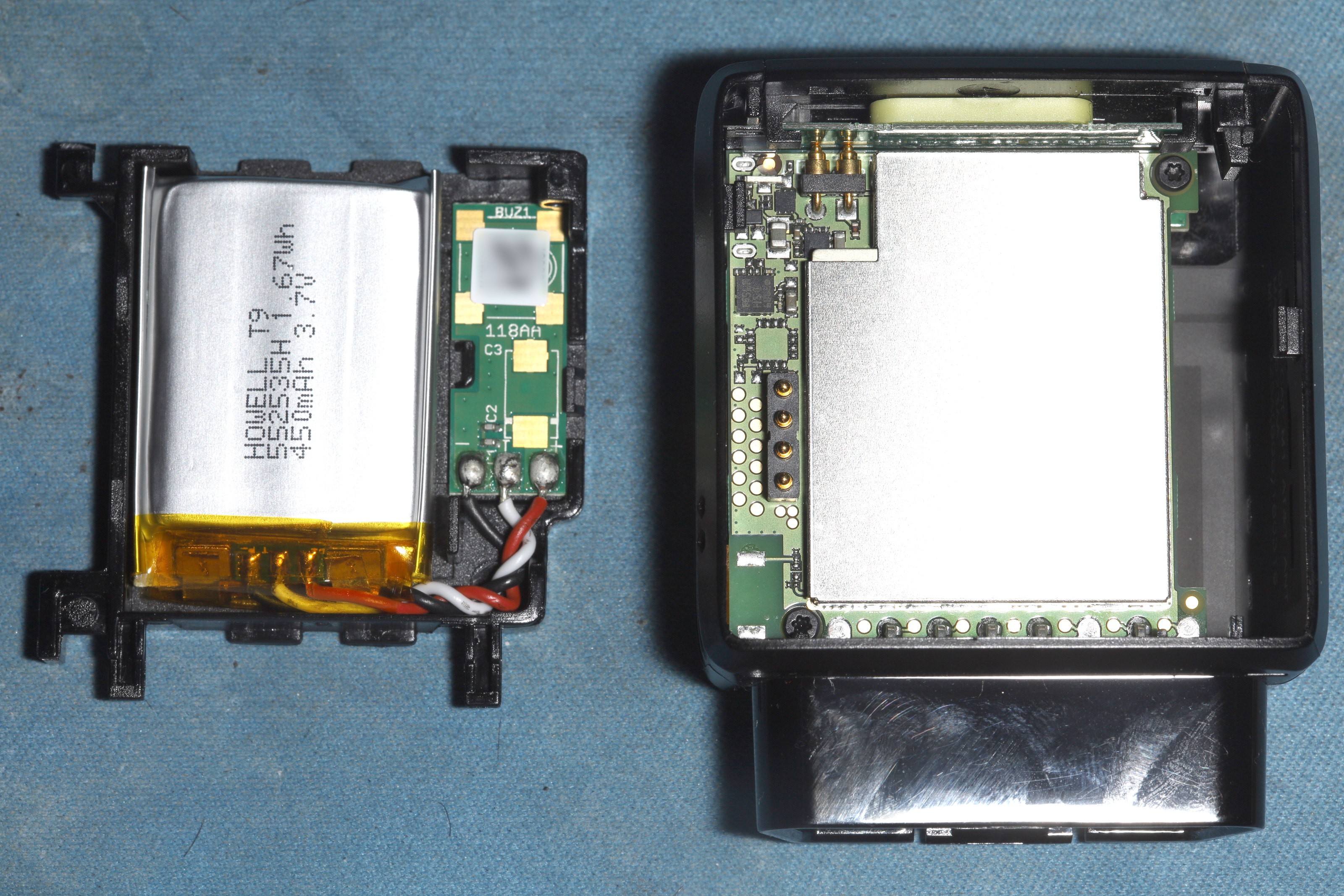
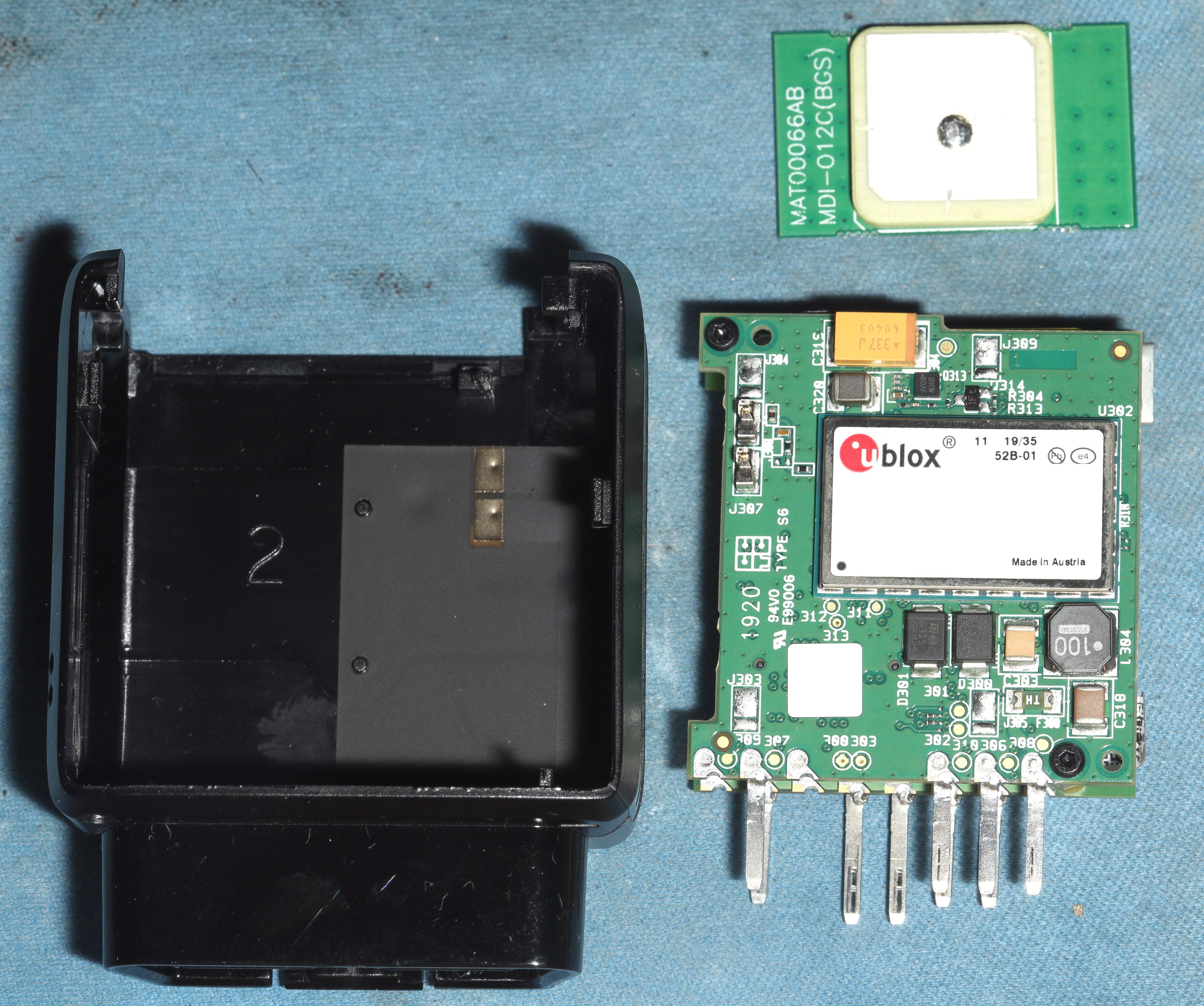
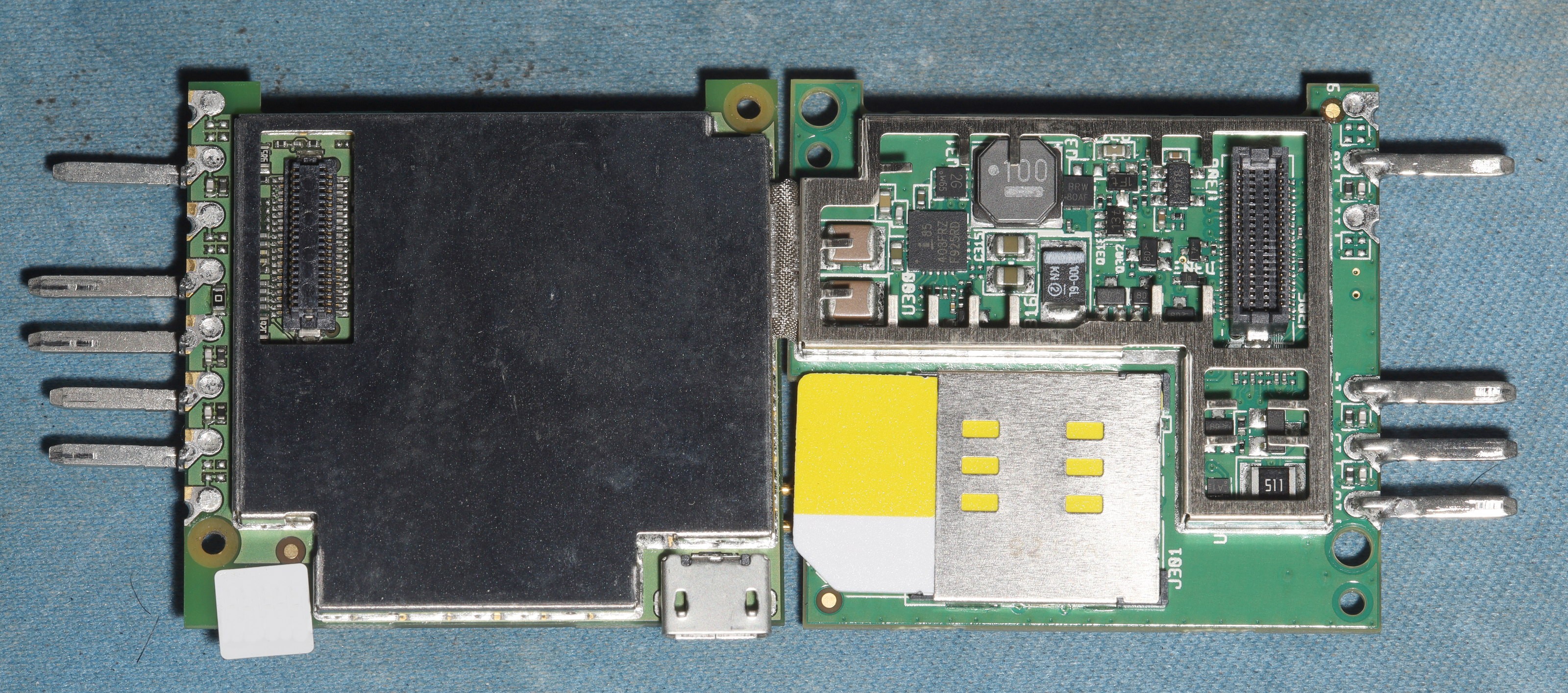
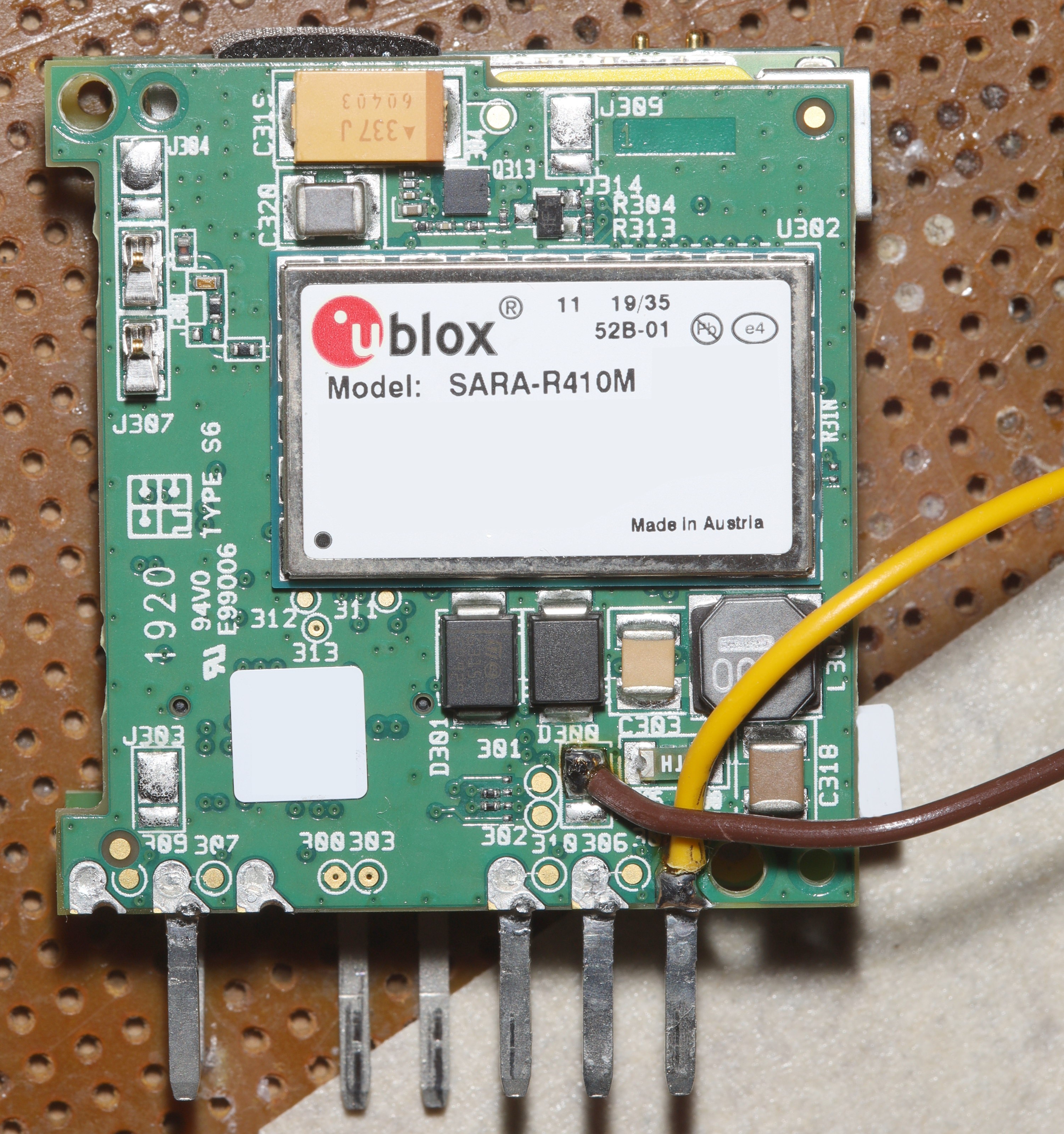

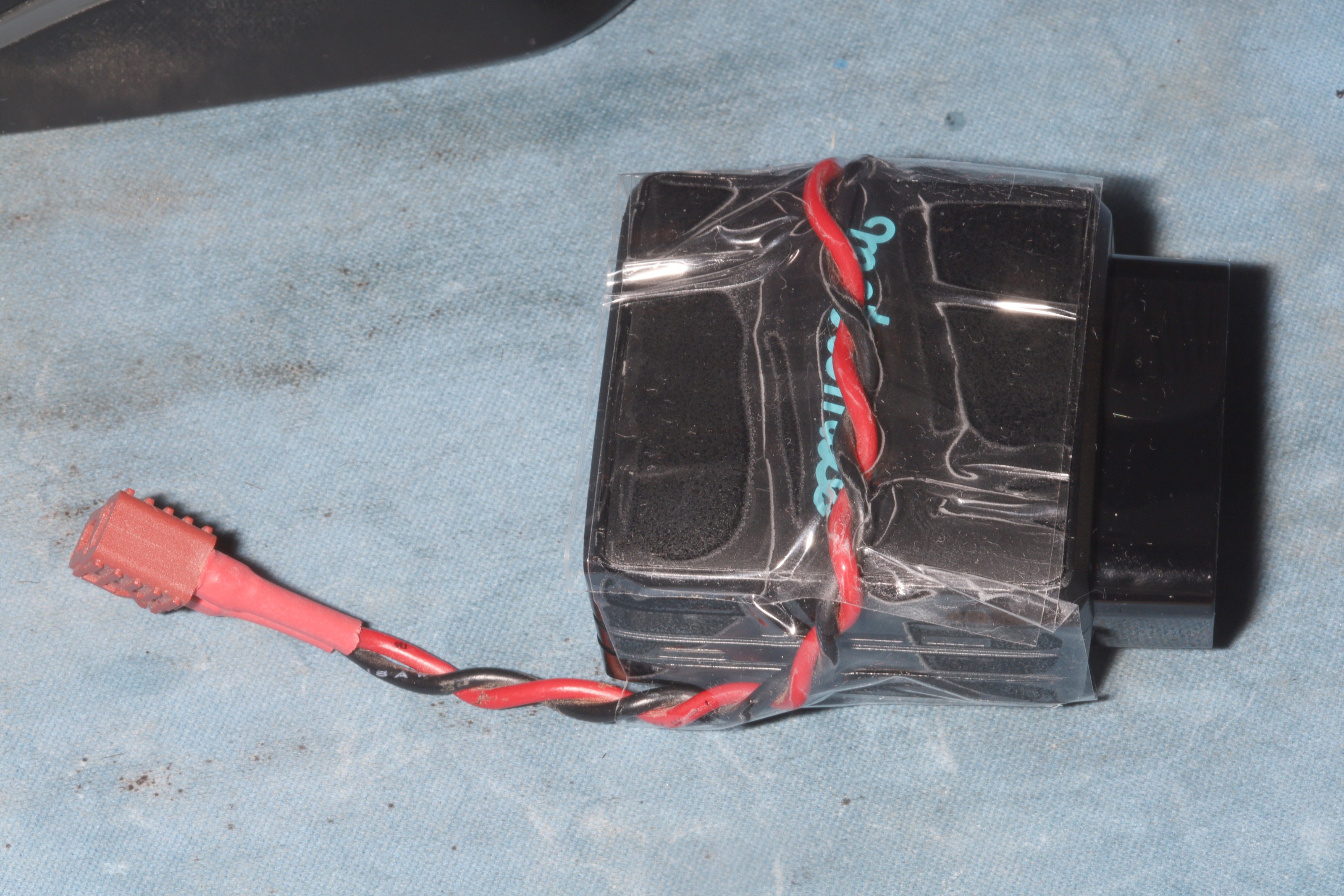
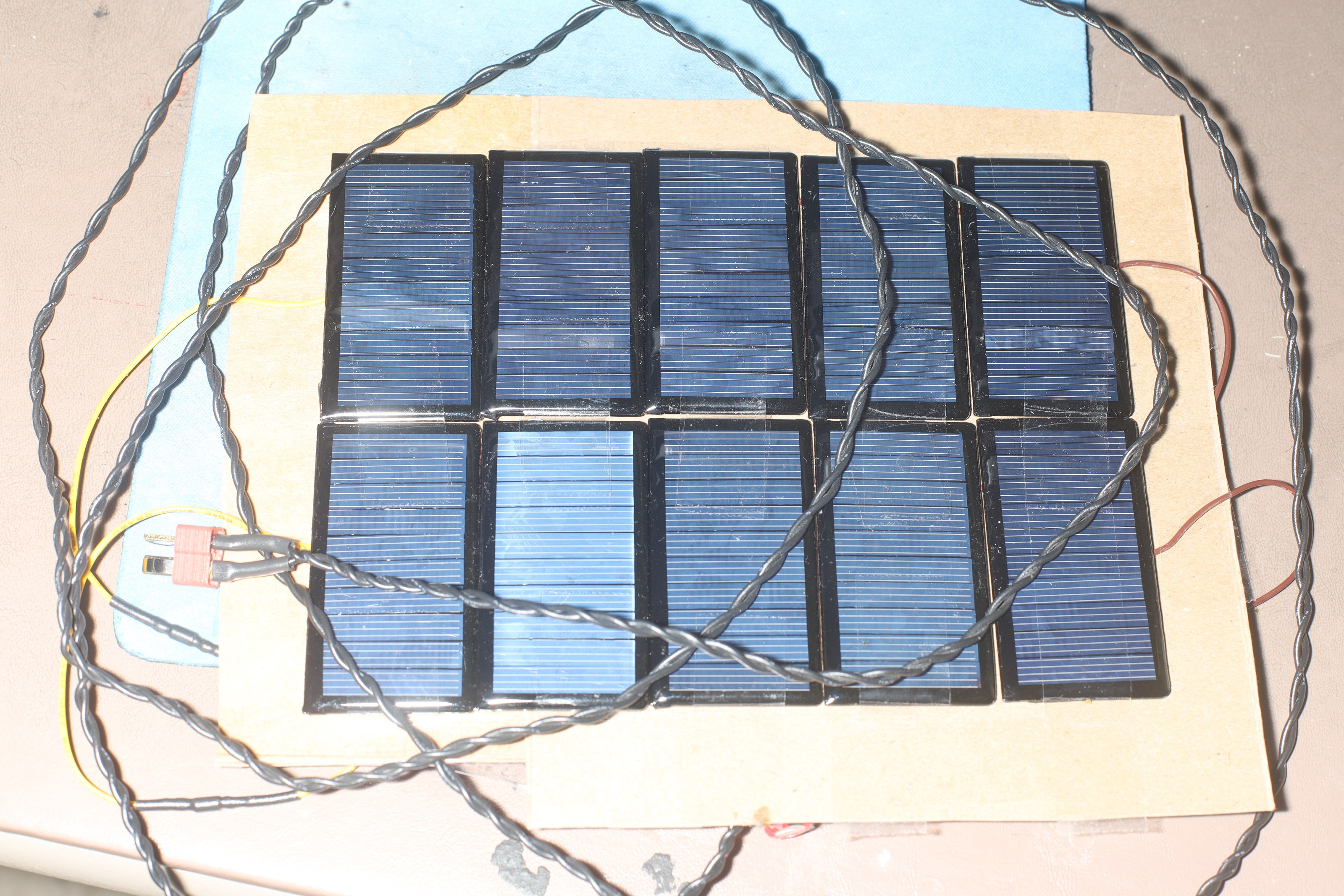
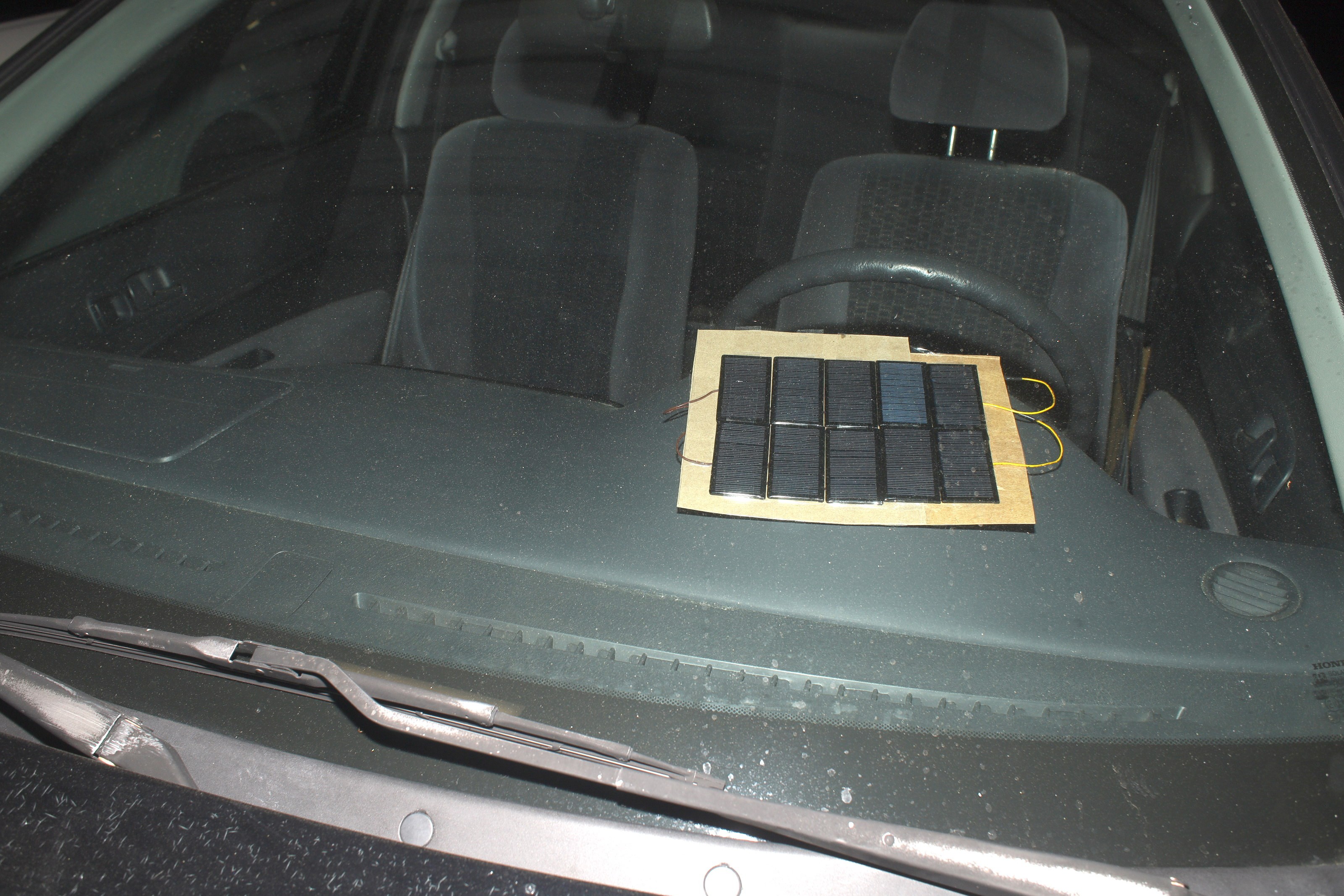
The battery was fully charged on 2/22. Then it was driven twice until 3/5. The solar panel went in on 3/8.
The lion kingdom decided to recharge it again on 4/24.
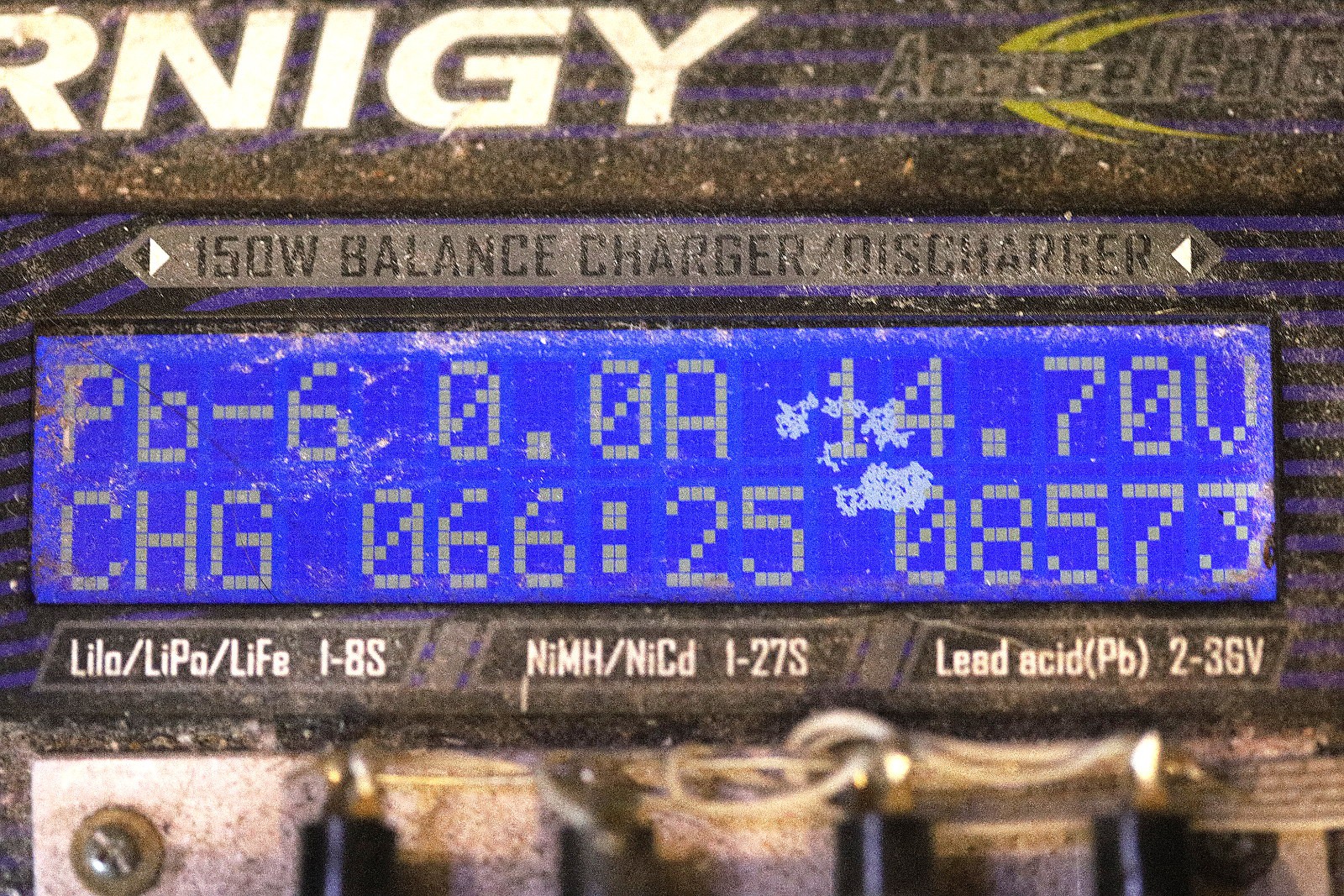
Given that it was only sitting for 1.5 months, it might have gone to 11.5Ah if left for 2 months. The solar panel was generating power at least at a rate of 5Ah over 2 months. Another $50 of these cells would bring the rating to 12W & be required to indefinitely sustain it. Once above $30 though, it's cheaper to get a 25W panel instead of 12W of loose cells. The loose cells would be written off as a low cost test of viability. It's a case in point for the cheap option always leading to paying twice.
A $50 total is still cheaper than a new battery & lions are so tired of reinstalling the battery every 2 months, it might be worth it. Still perplexed on what the solar panels could be used for after commuting resumed. A car battery only takes 2-3 Amps of charging current. Driving it only a few minutes isn't enough to charge it.
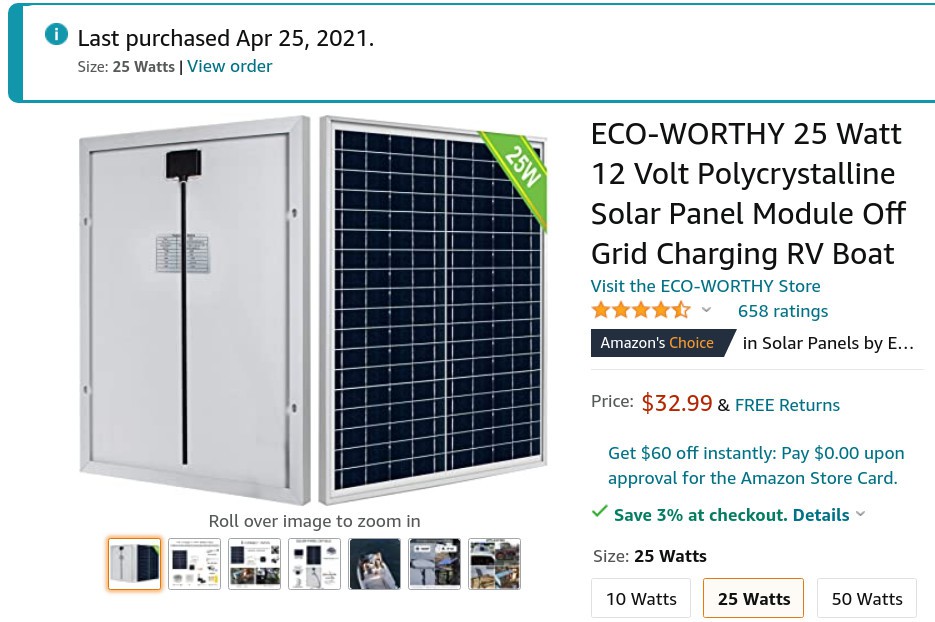
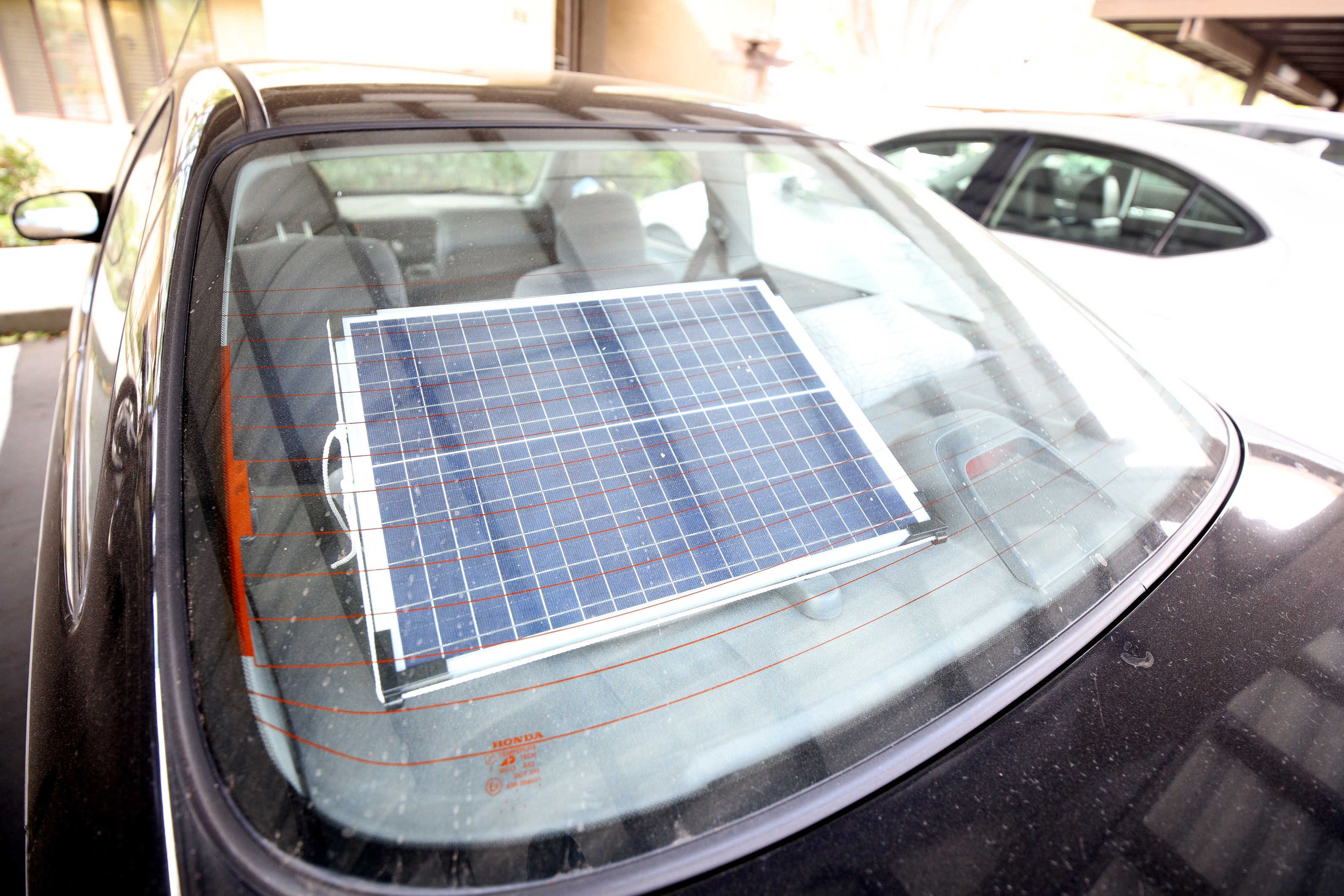
25W panel with custom stand. Making the panel stand up in a car was a big deal.
The 25W panel makes enough power in the shade to power the Metromile & the car's engine confuser. It stays above 12V & the bar graph oscillates from the metromile pinging GPS.
 lion mclionhead
lion mclionhead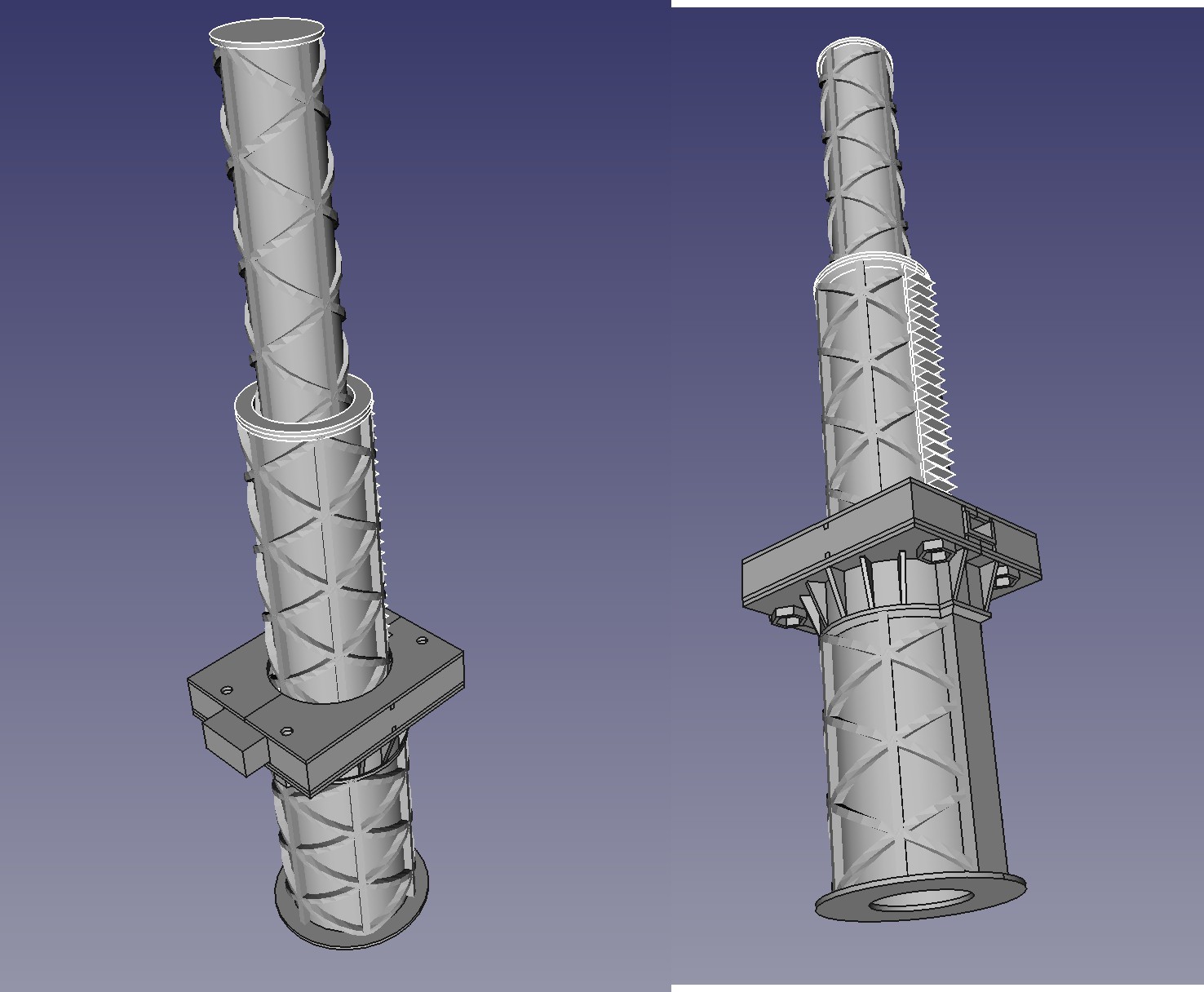
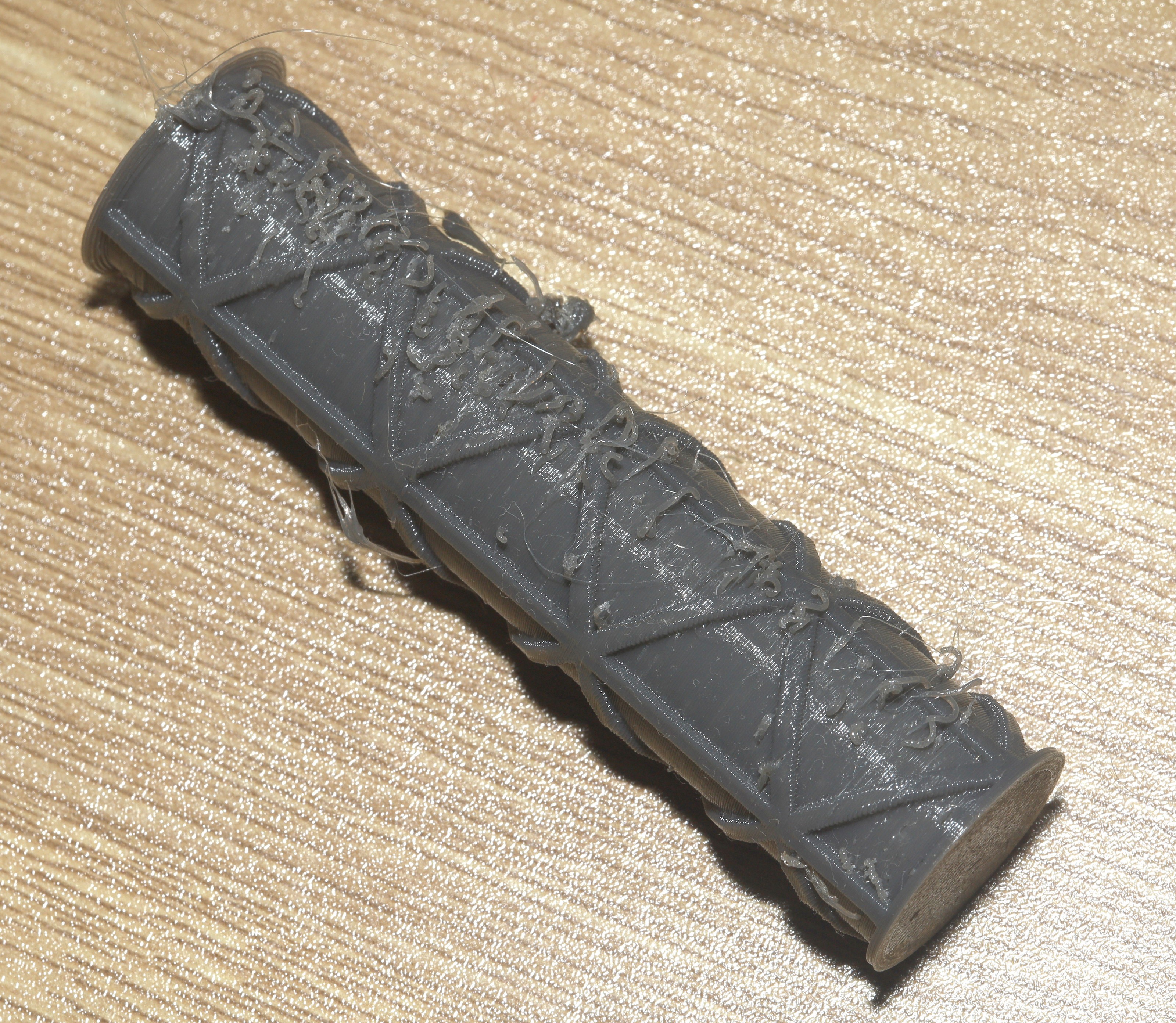
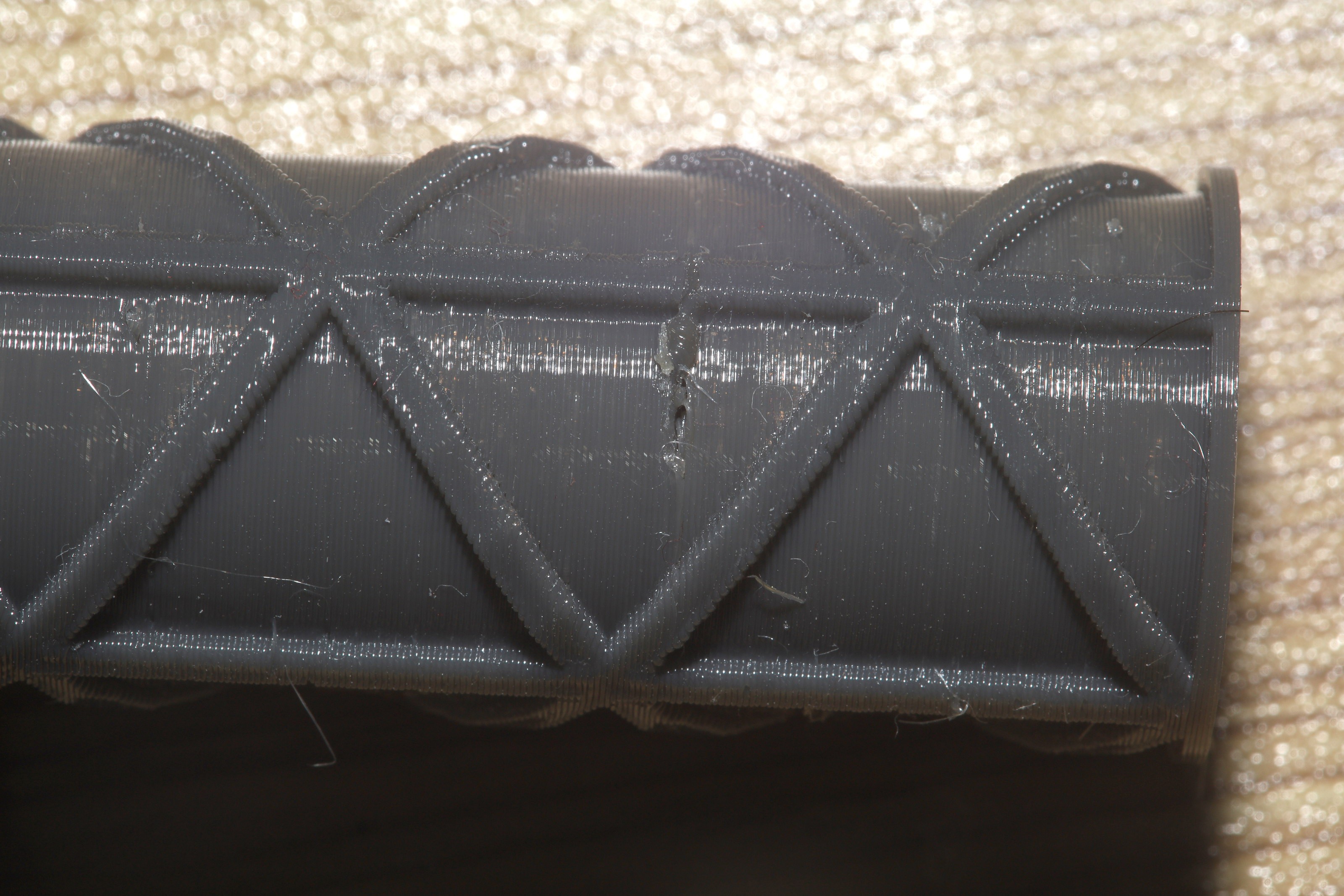
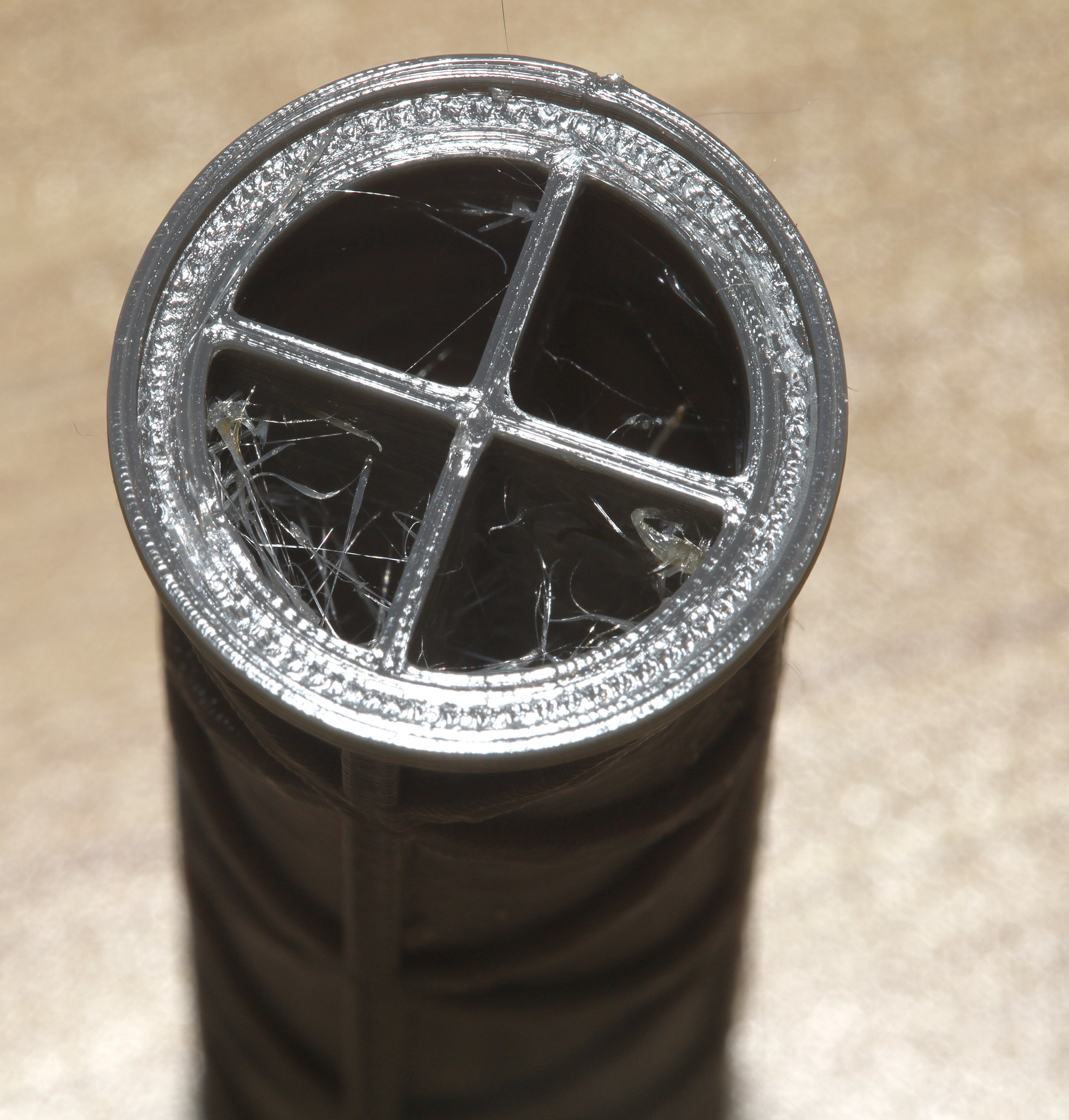
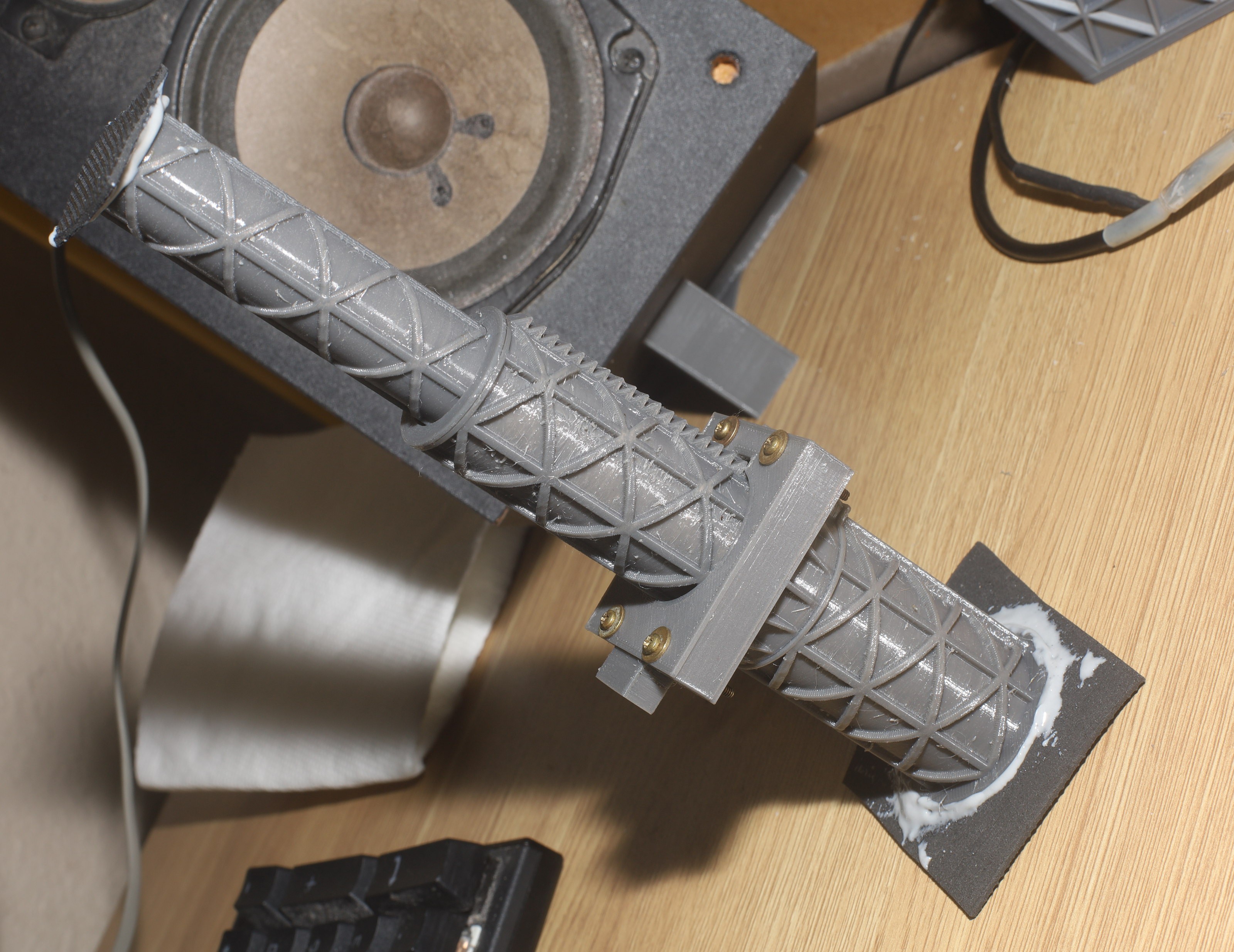
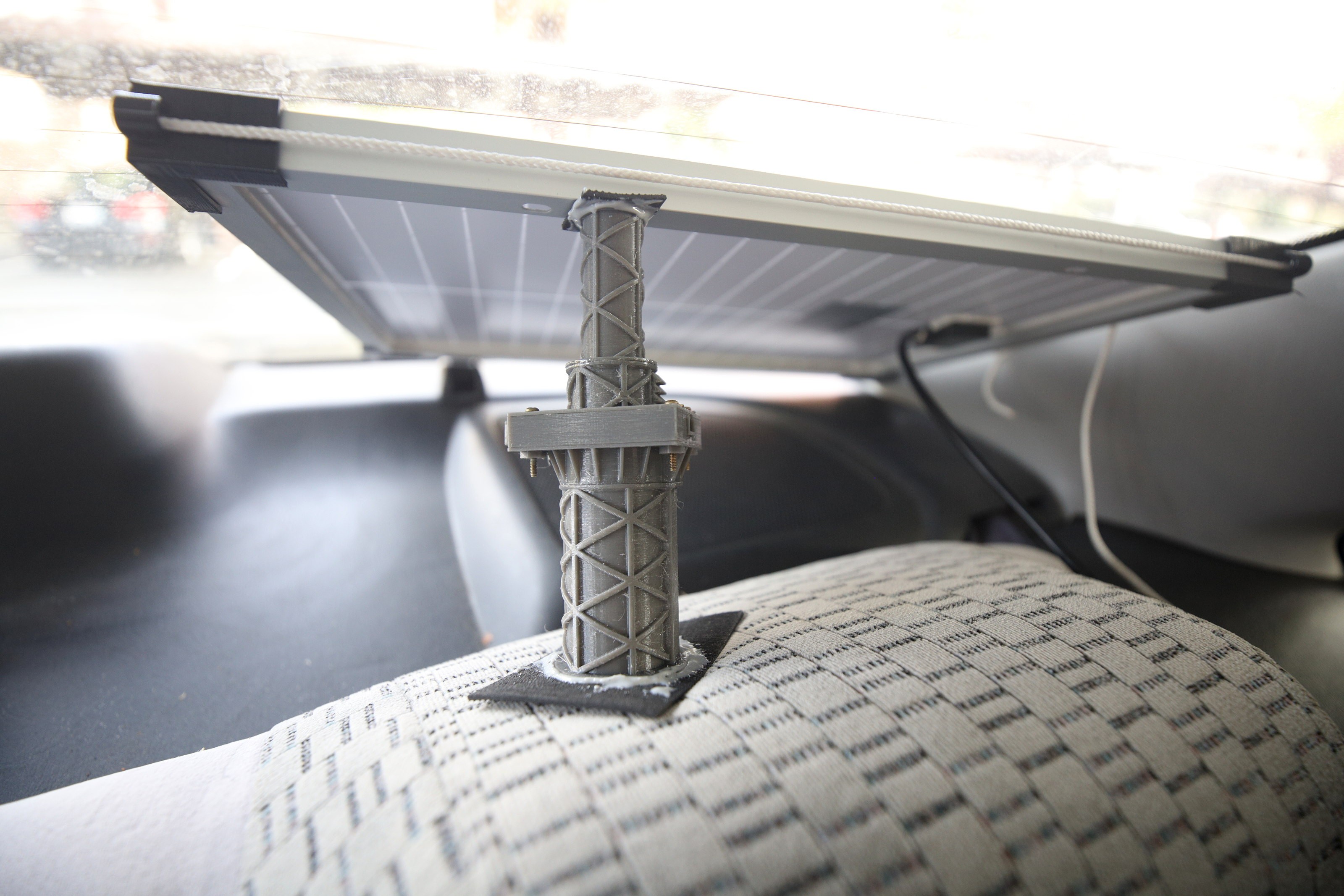
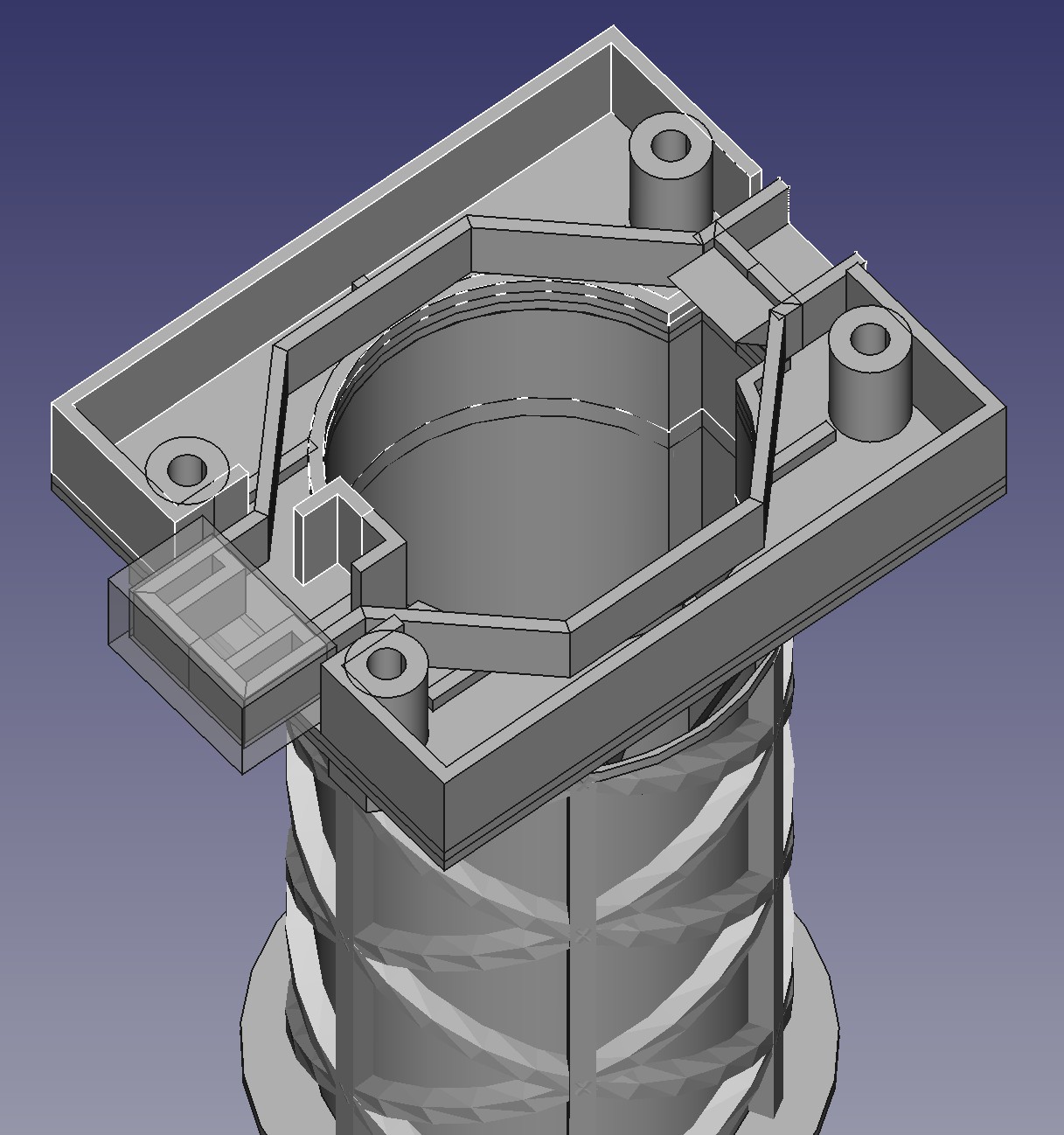
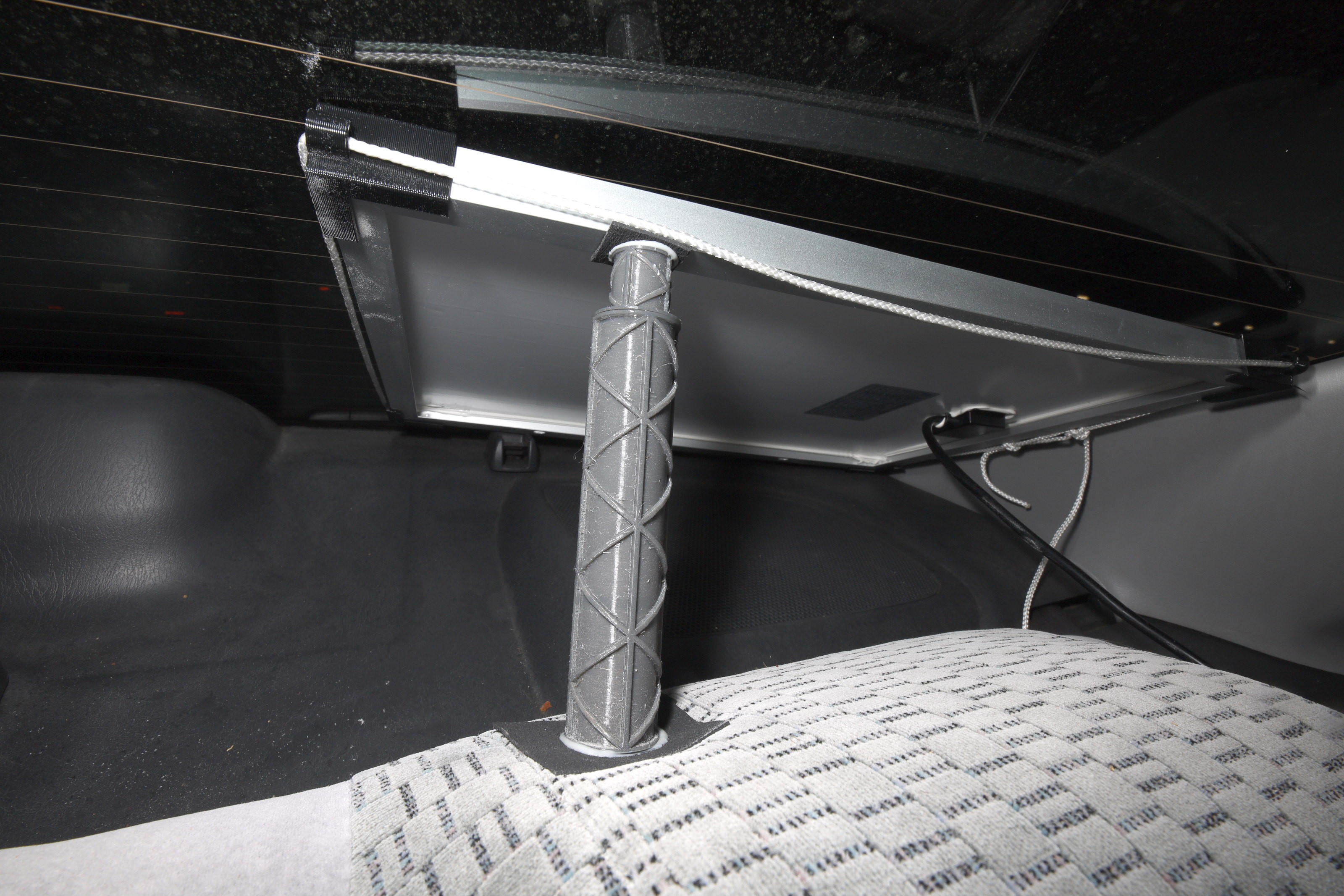

 The PETG pieces were surprisingly strong.
The PETG pieces were surprisingly strong.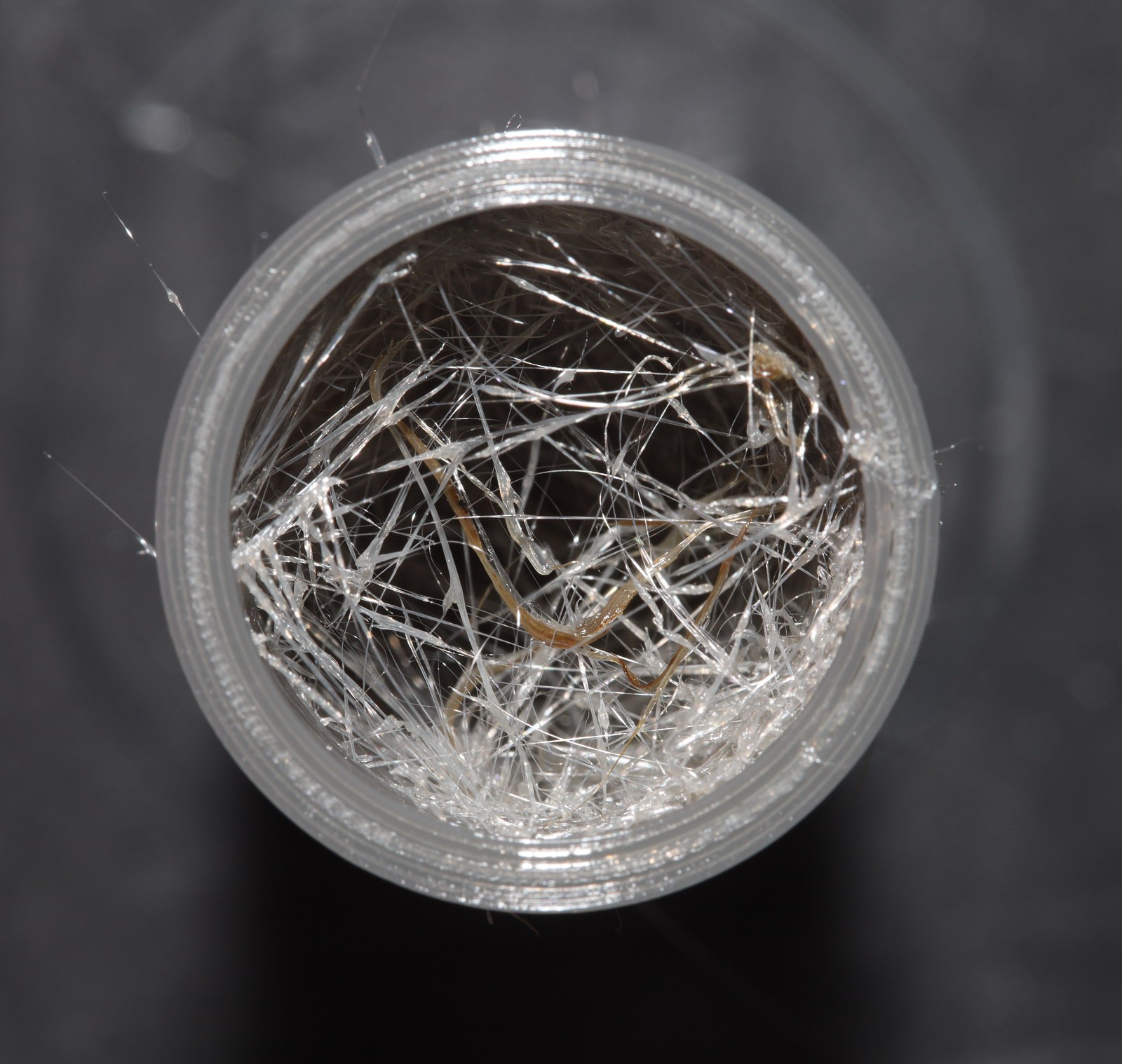
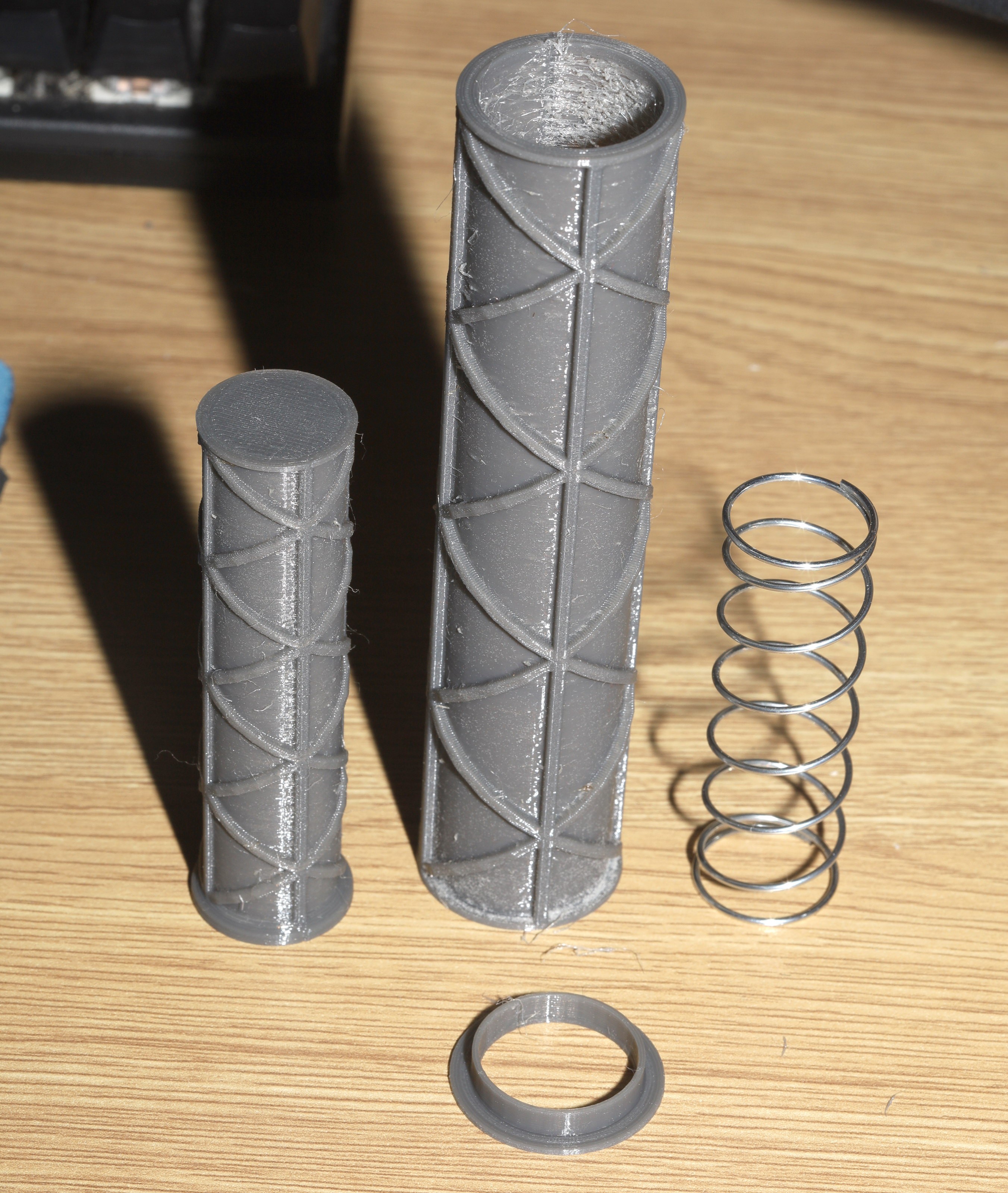
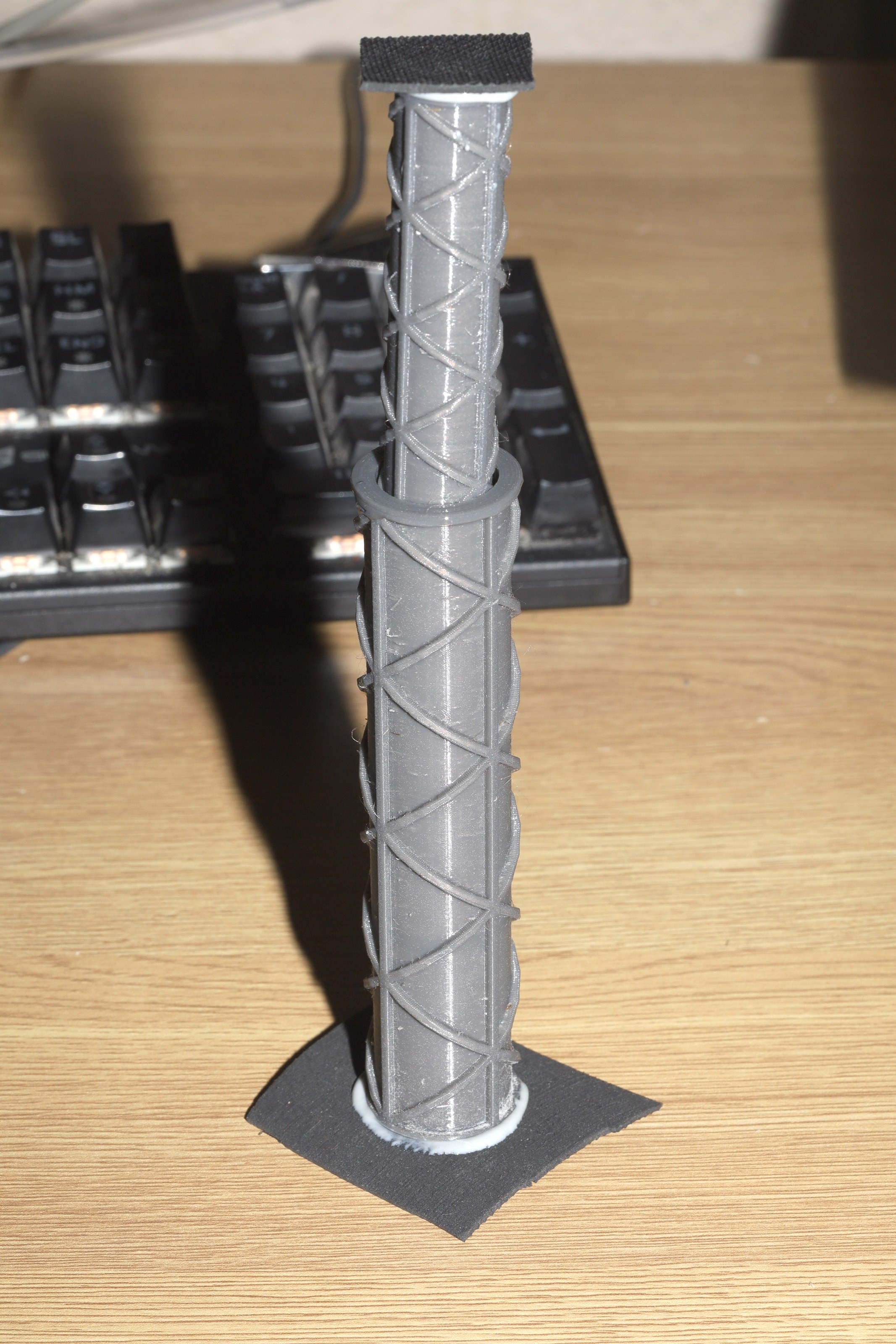
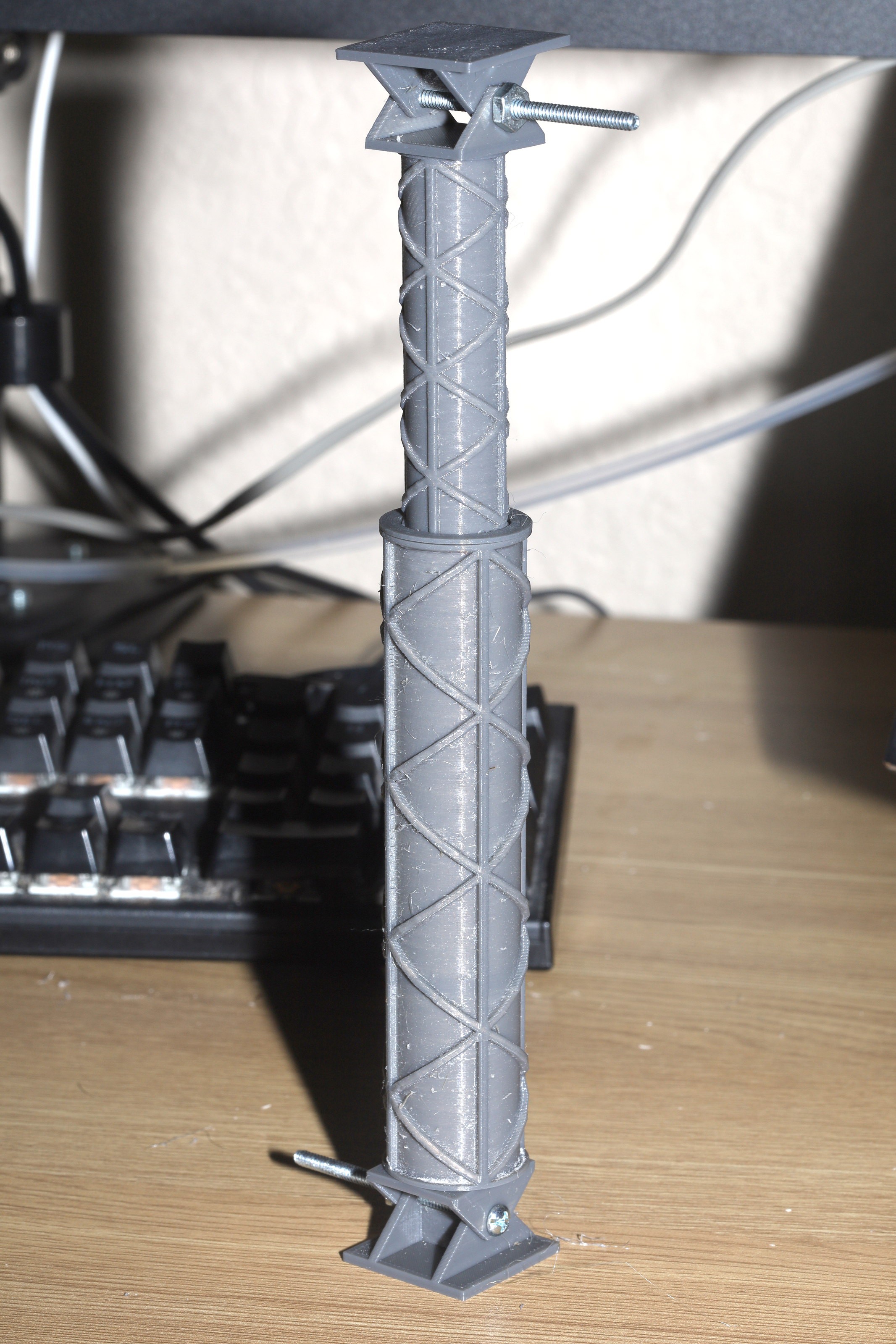
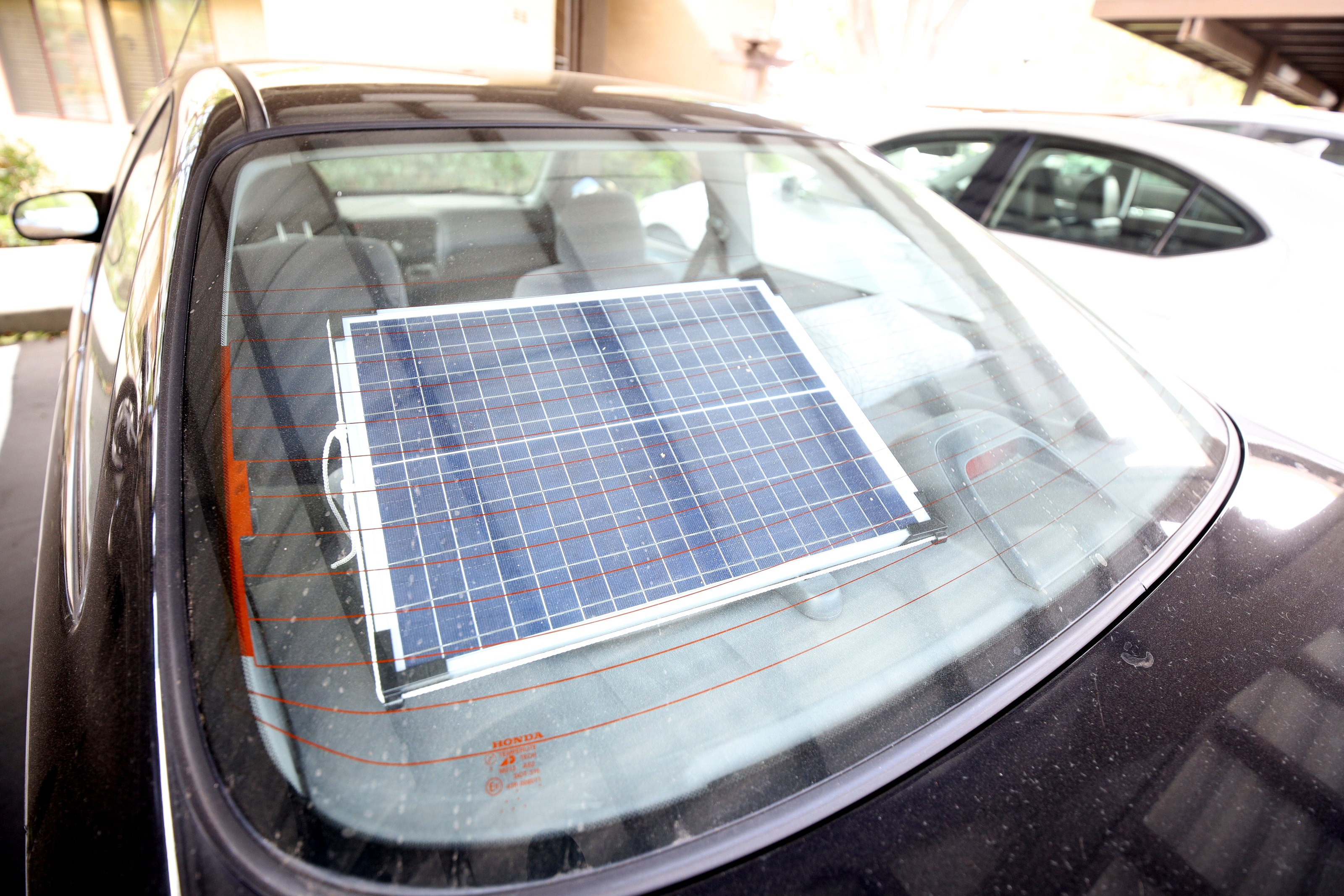
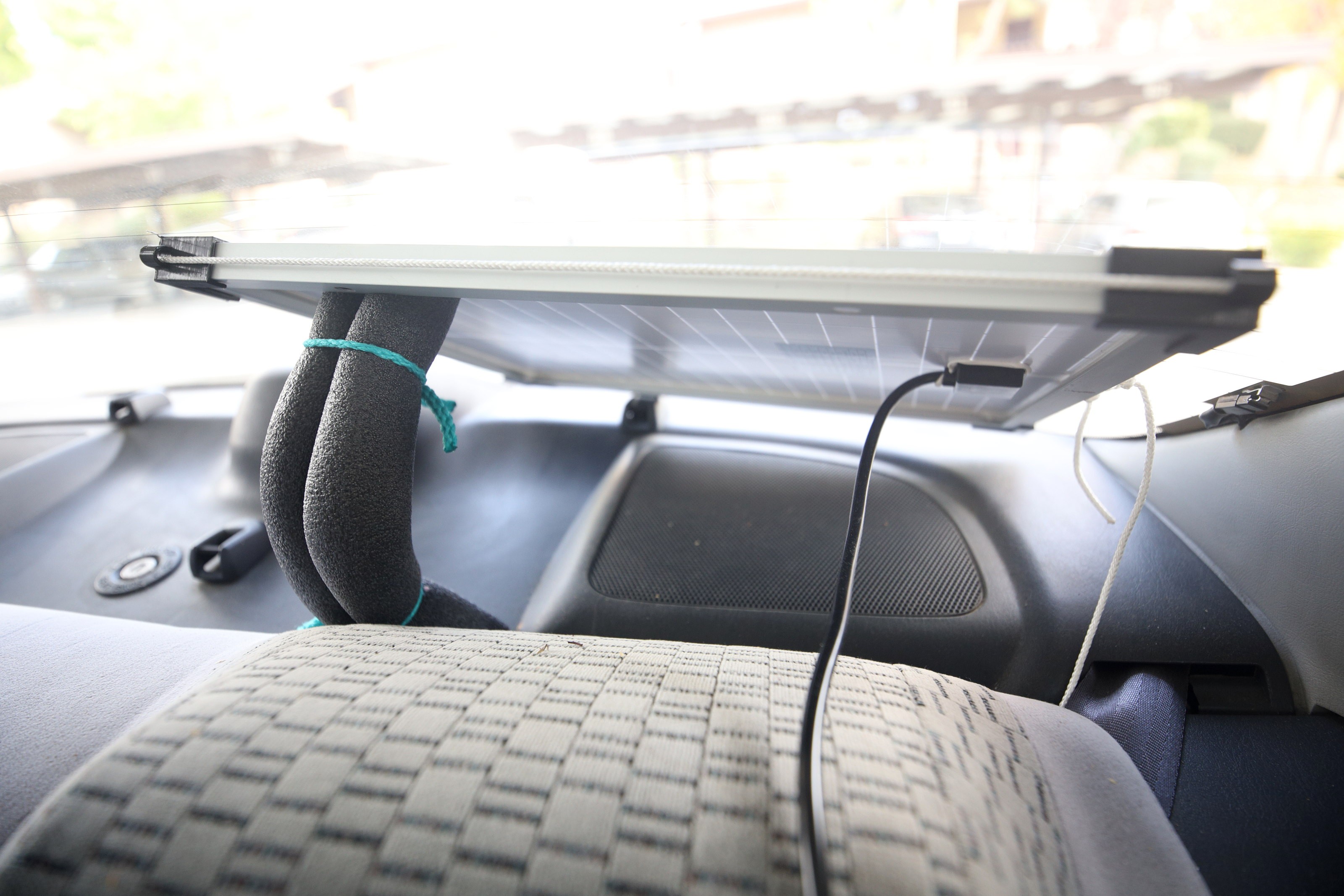

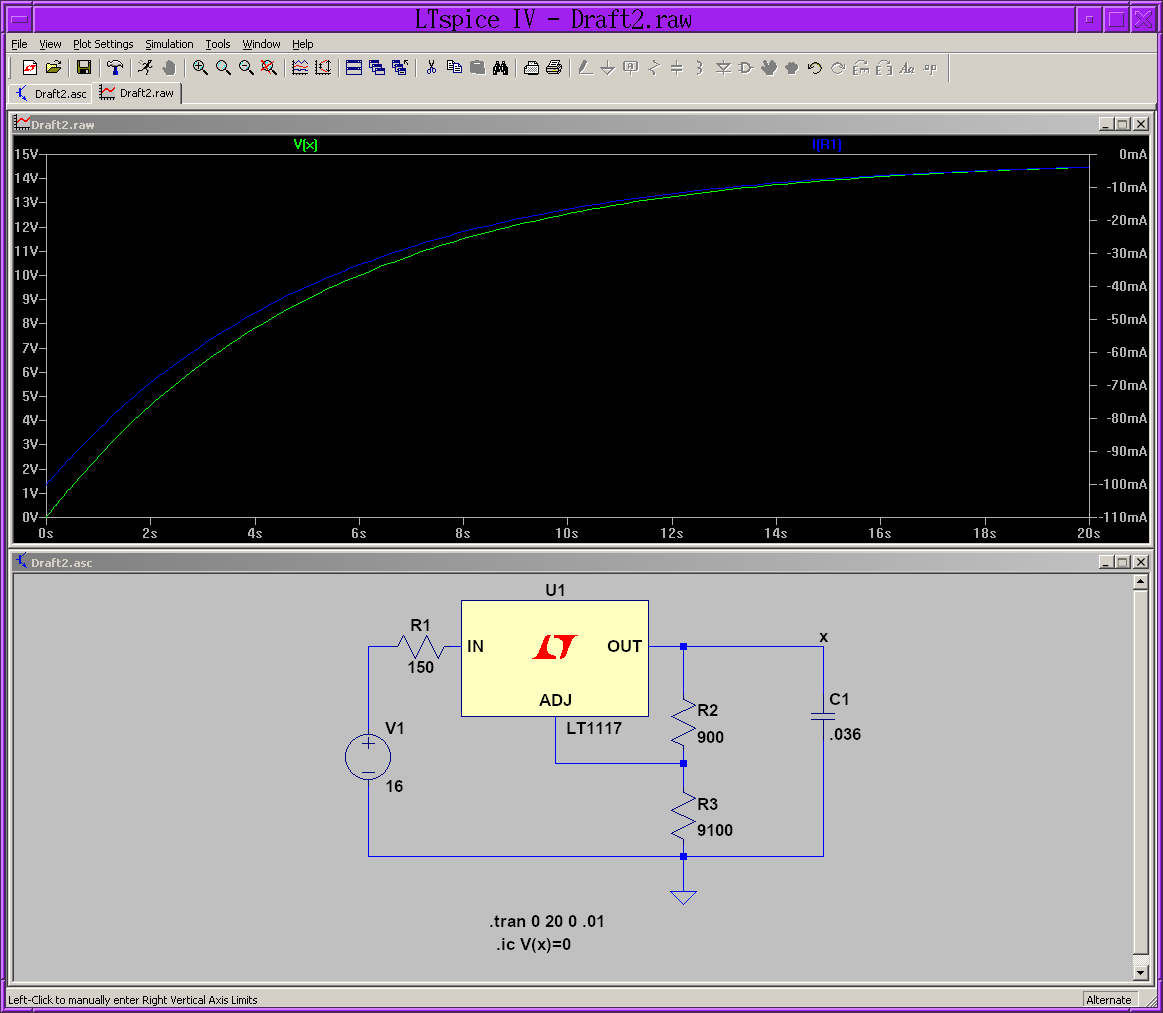
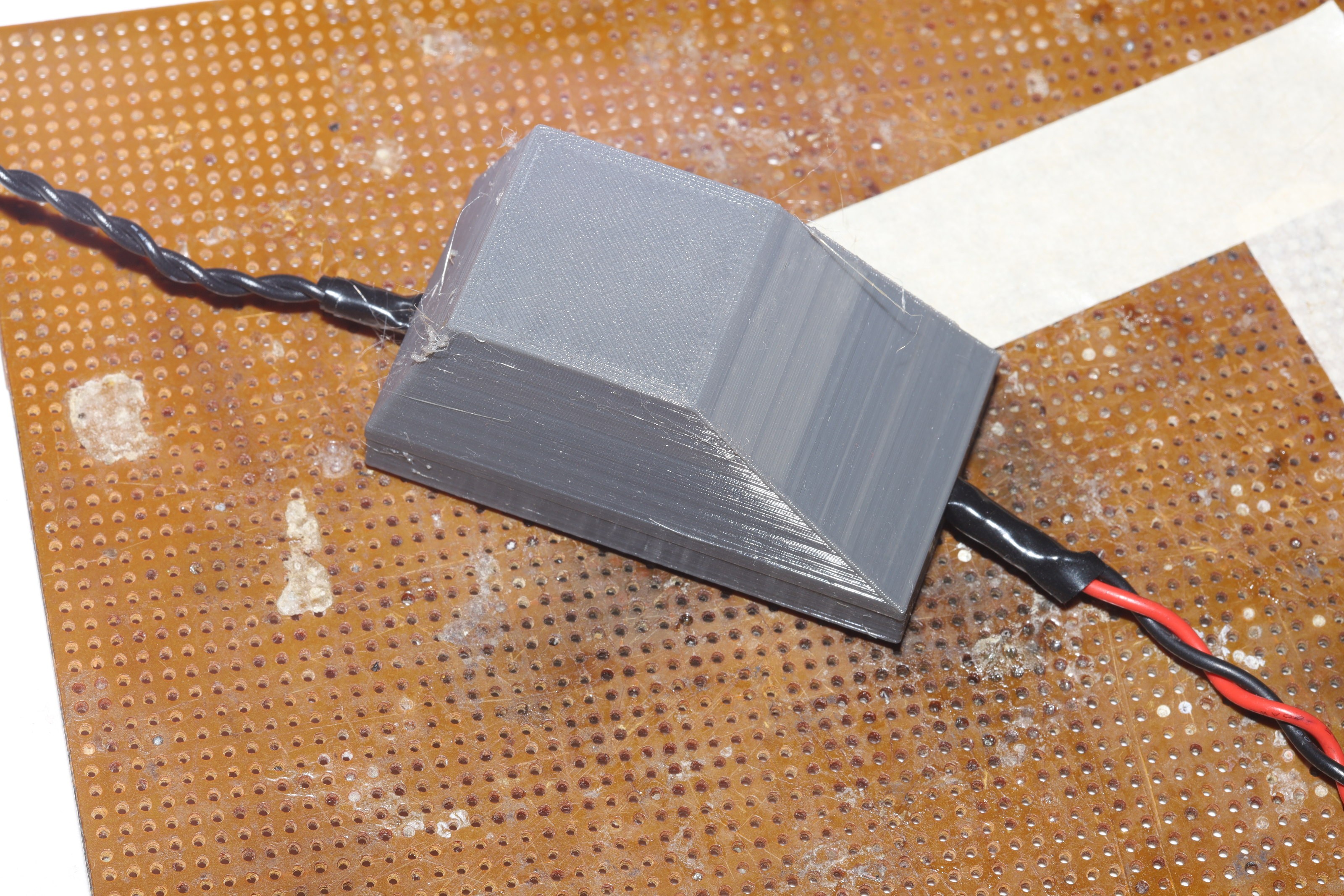
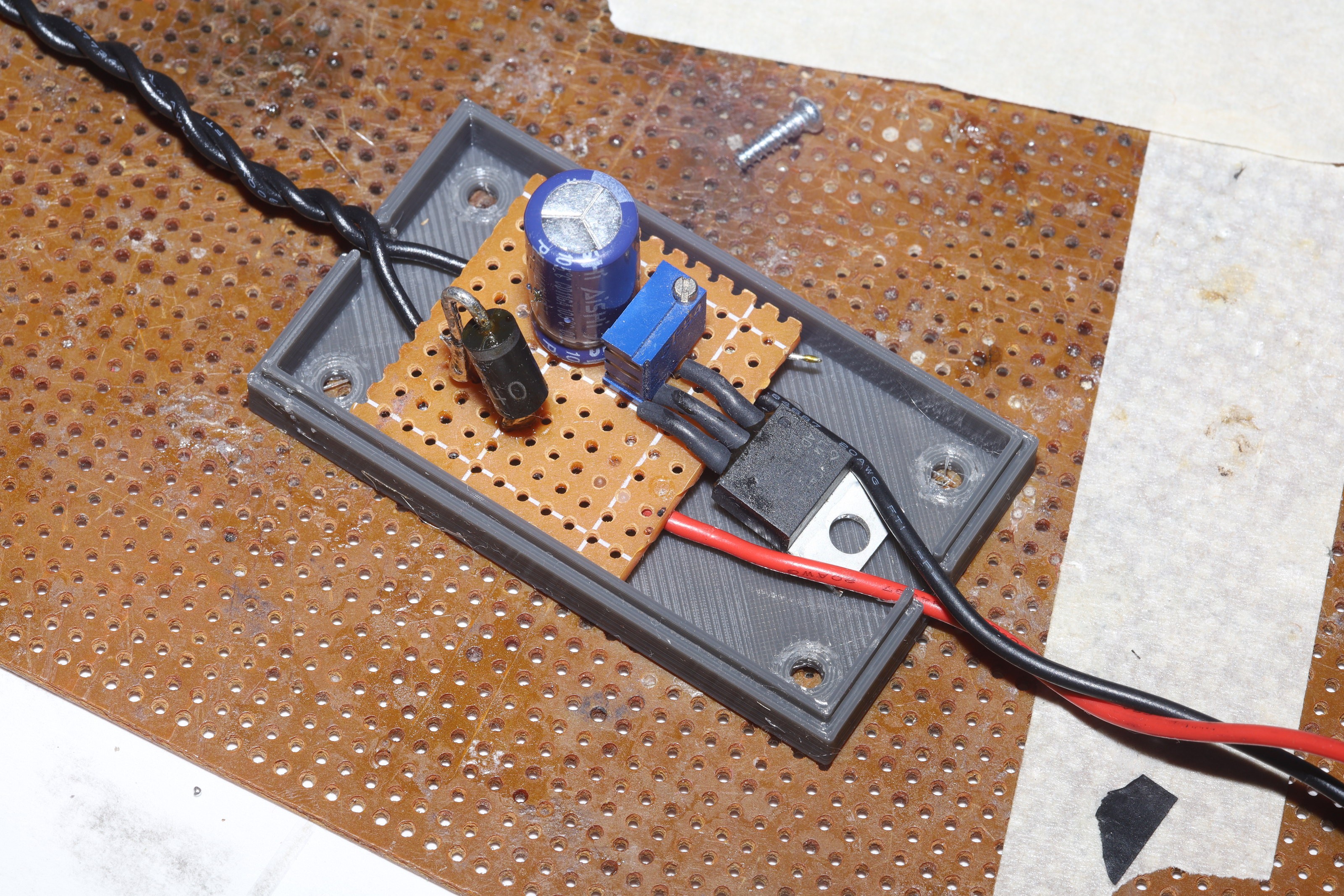 A simple PETG enclosure followed.
A simple PETG enclosure followed.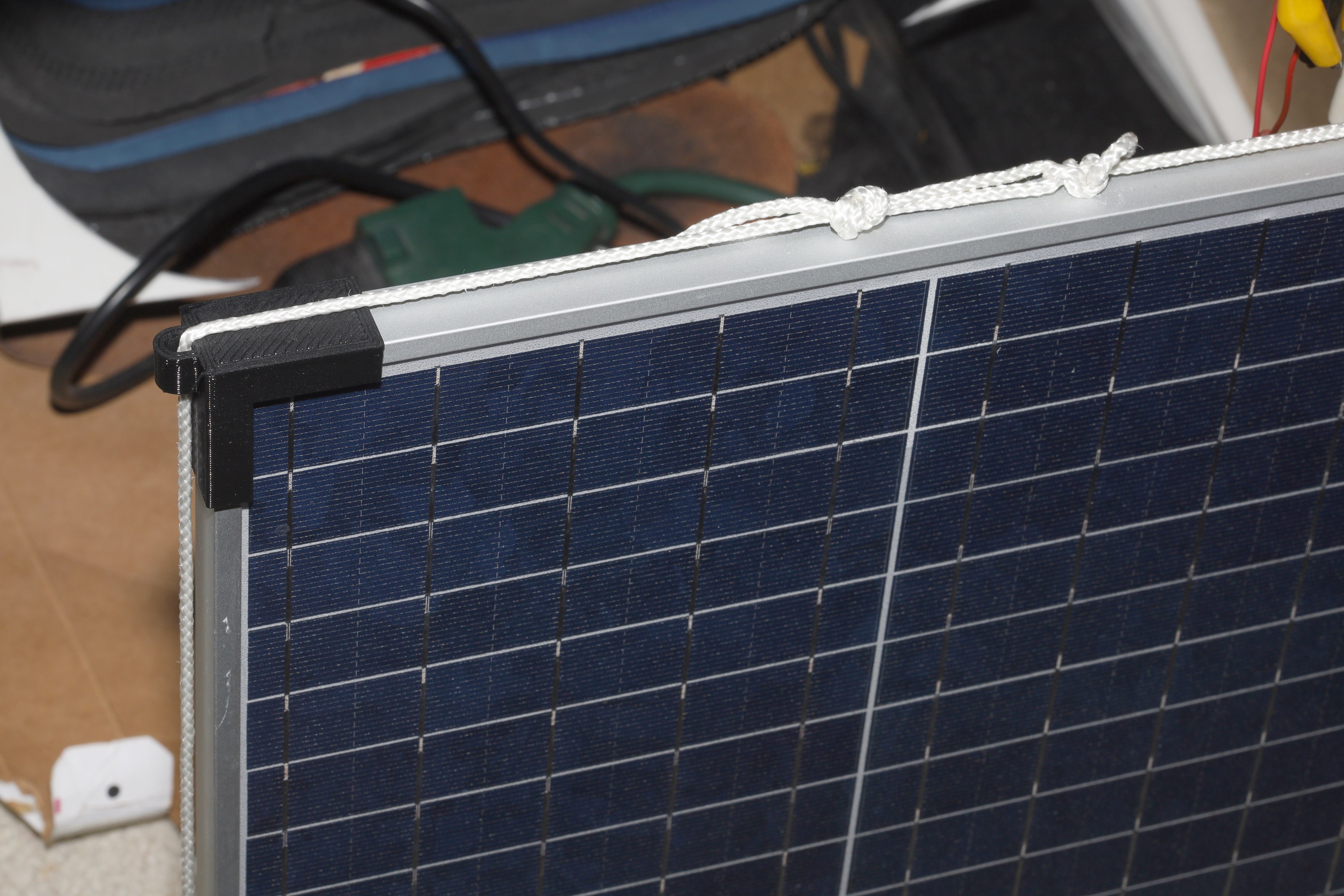 Then some TPU bumpers would keep it from scratching the car. A simple trucker's hitch lashed the bumpers down.
Then some TPU bumpers would keep it from scratching the car. A simple trucker's hitch lashed the bumpers down.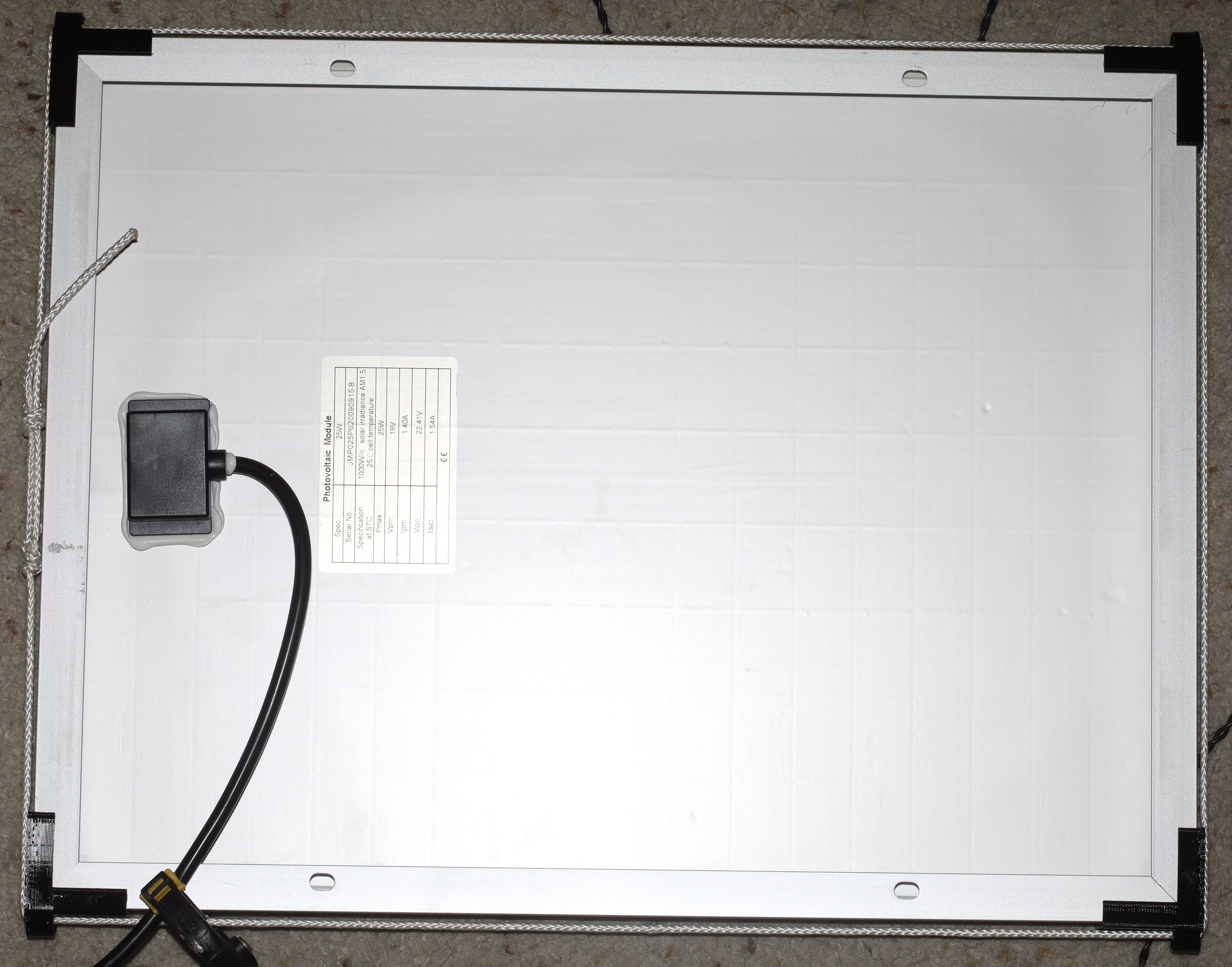
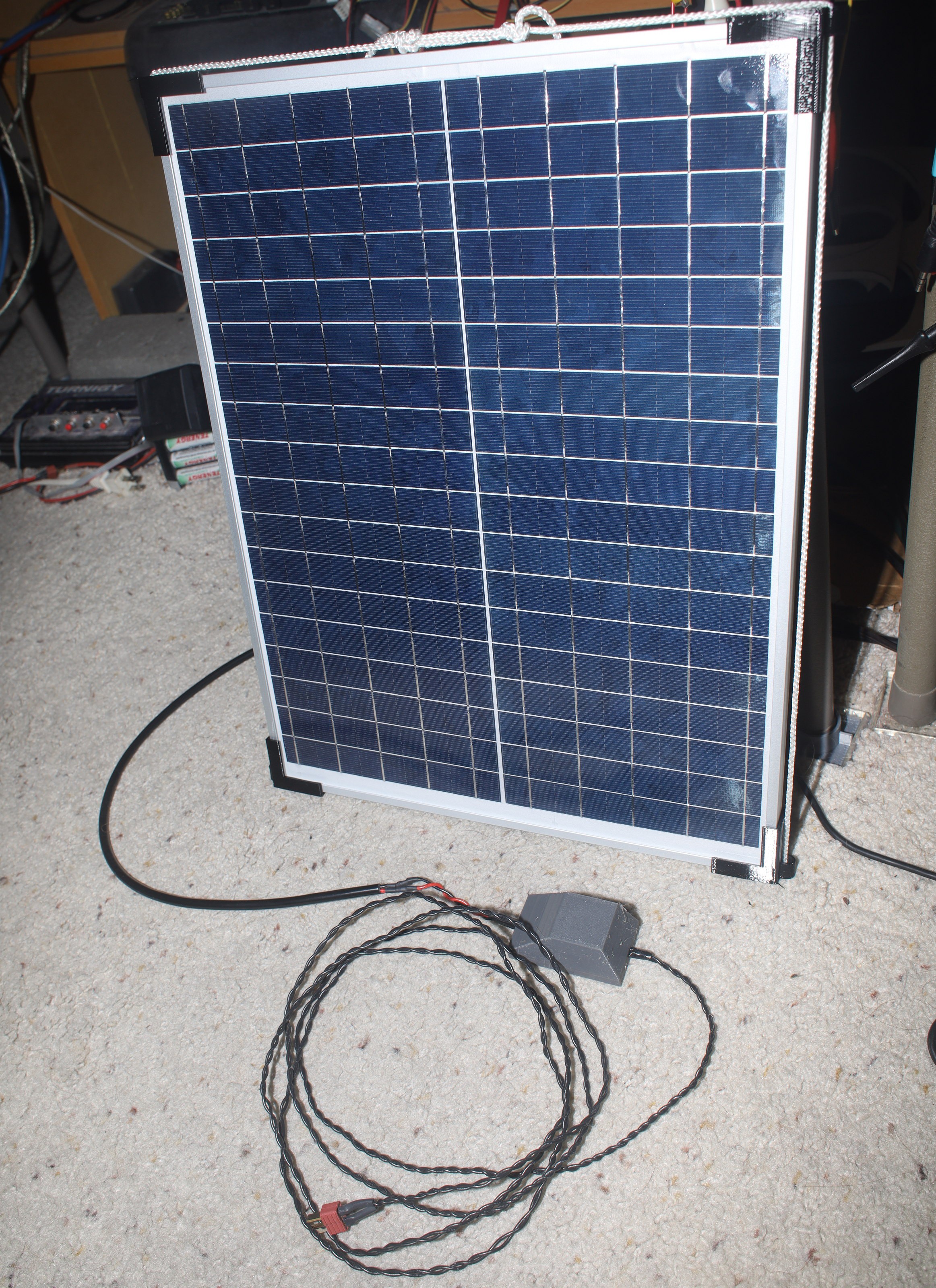
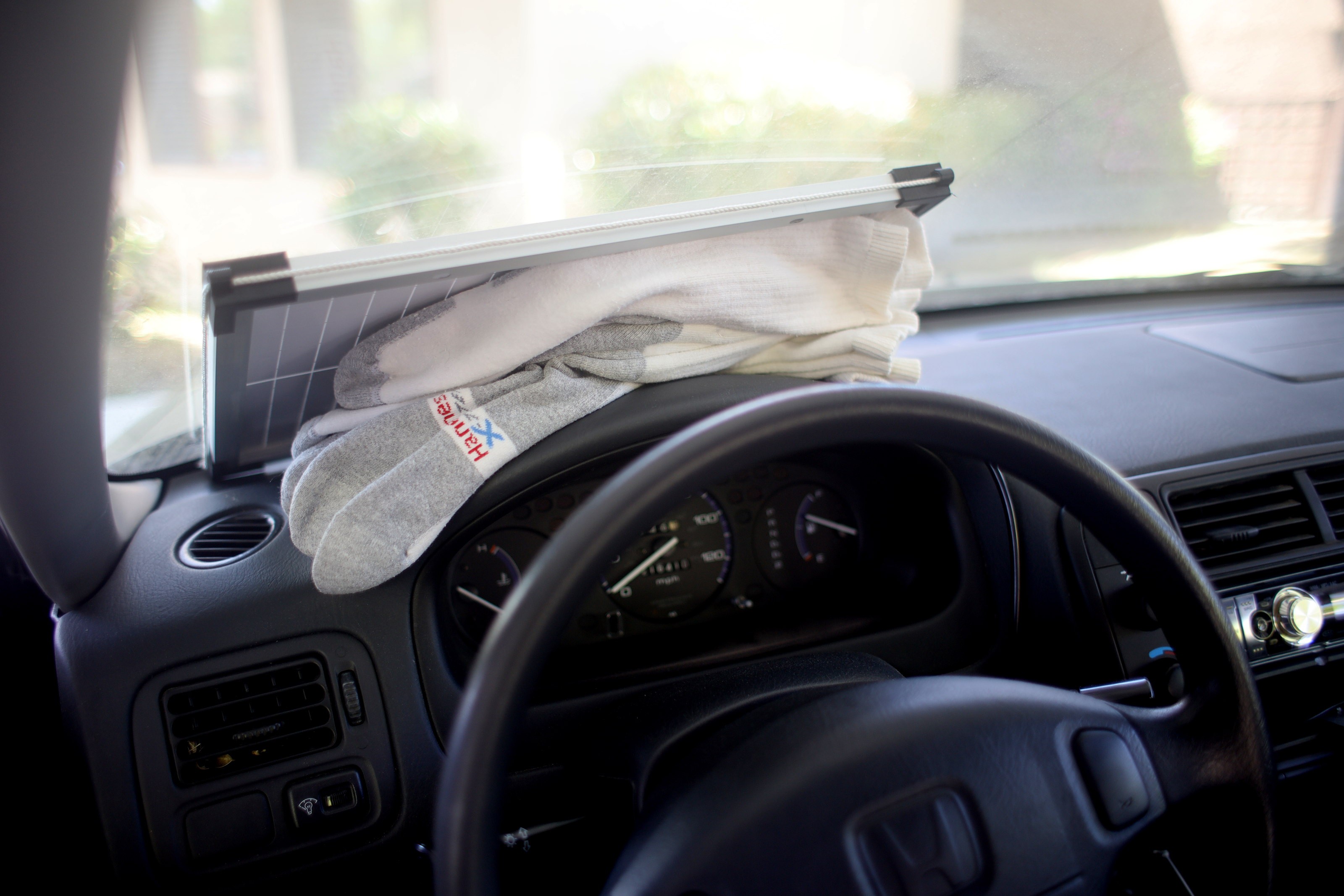
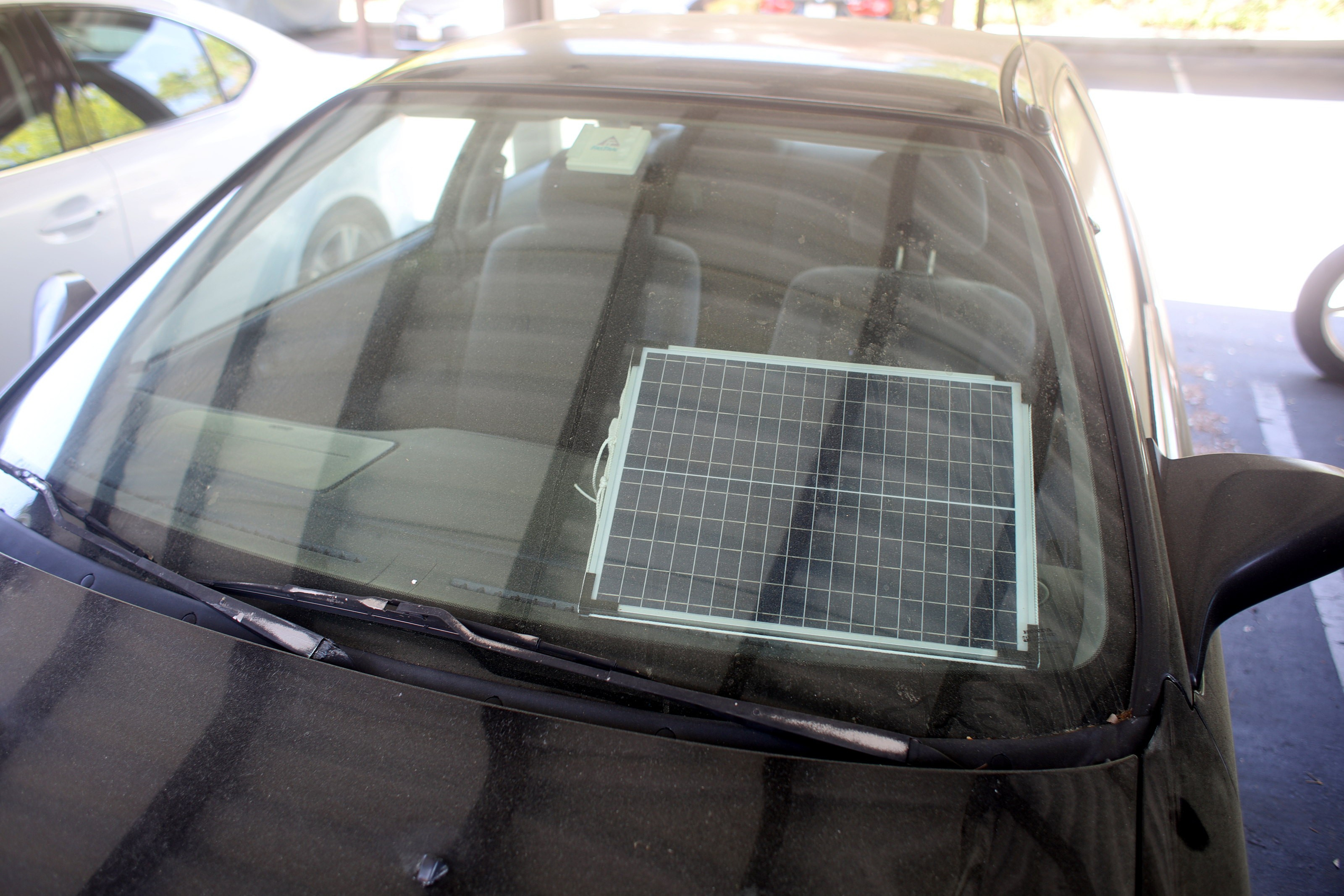

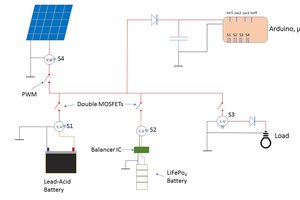
 Tobias Koops
Tobias Koops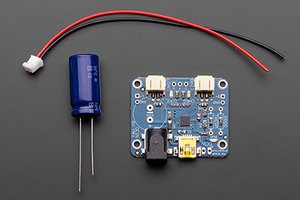
 cdvalenti
cdvalenti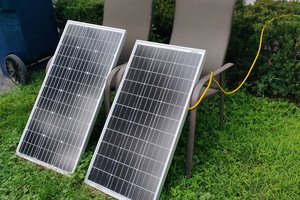
 Drew Pilcher
Drew Pilcher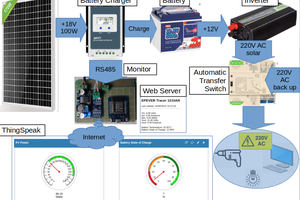
 Guido
Guido
This is awesome! I was just thinking of a similar thing to top off my plug-in hybrid. It would be something like those sun shades that unfold and you put in the front window to keep the car from getting so hot in the summer, but with solar cells. Or maybe just put solar cells on the roof of the car? That might look funny.
$4 million for a house with a garage? Where in the world is that? Move somewhere less expensive.